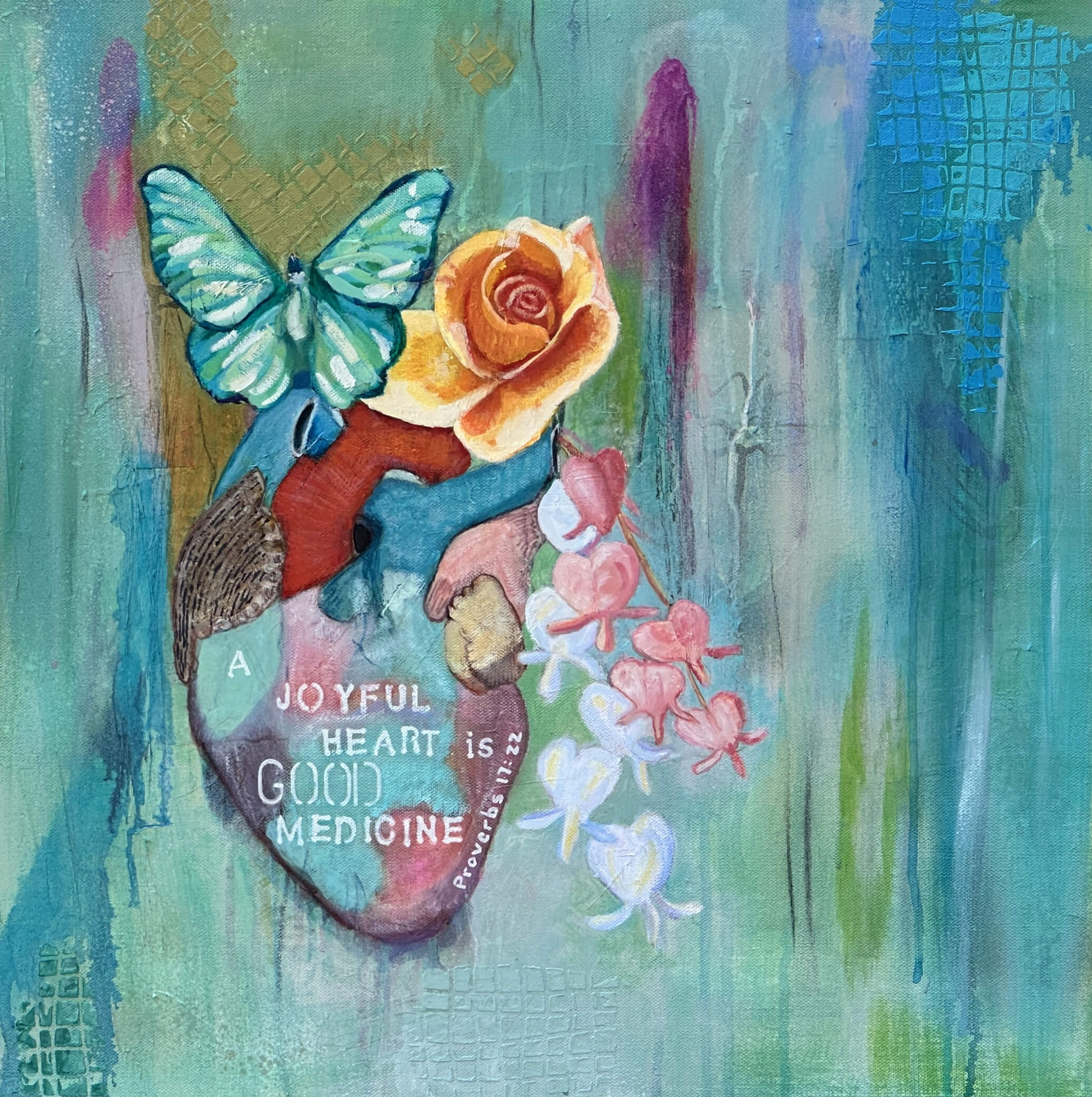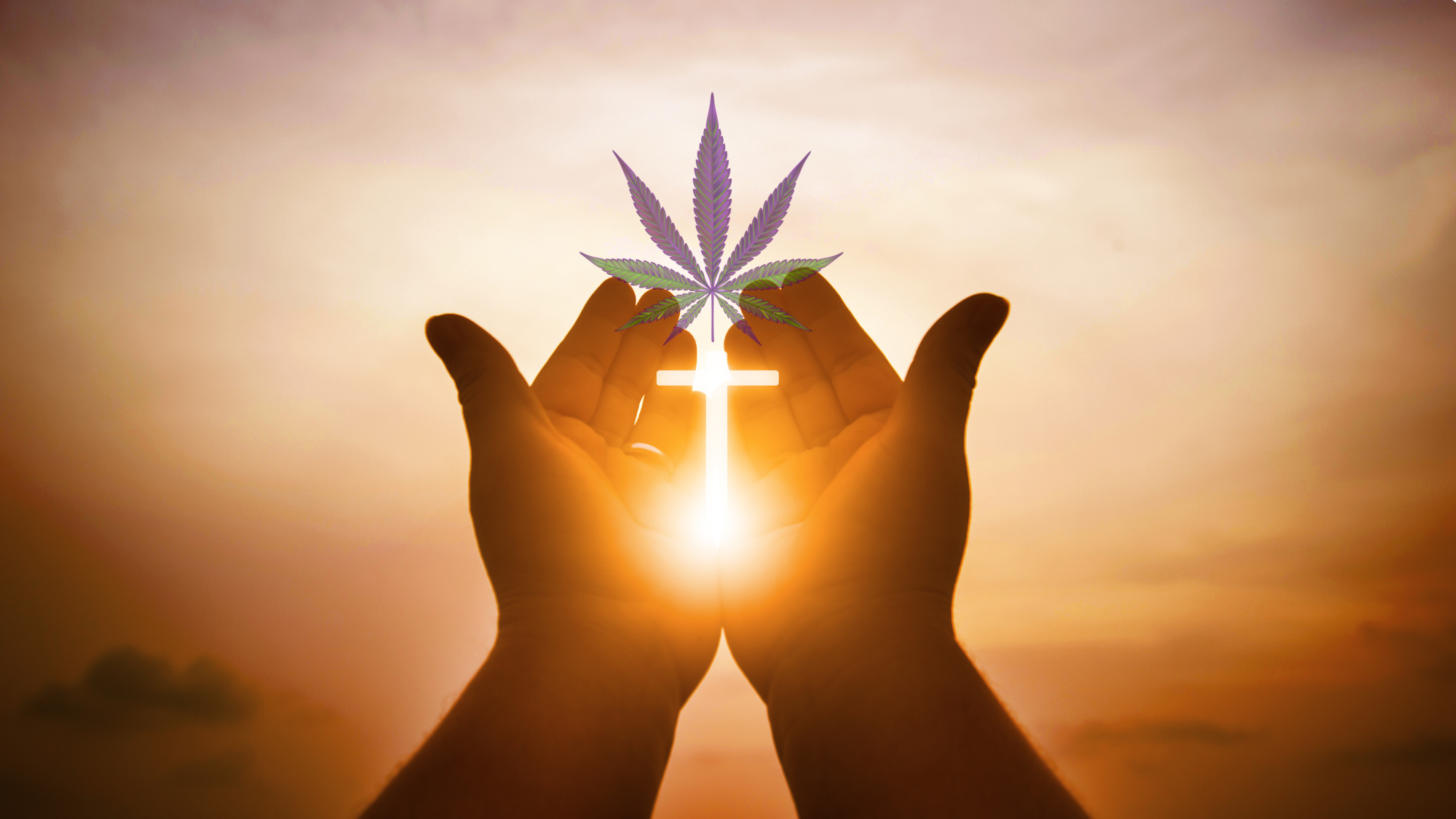
The History of Cannabis
Let’s start with delving into the history of cannabis. The history starts with scripture though there is no specific mention of cannabis or marijuana in the Bible. These scriptures are all inclusive!
Genesis 1:11
CSB: Then God said, “Let the earth produce vegetation: seed-bearing plants and fruit trees on the earth bearing fruit with seed in it according to their kinds.” And it was so.
CEB: God said, “Let the earth grow plant life: plants yielding seeds and fruit trees bearing fruit with seeds inside it, each according to its kind throughout the earth. “ And that’s what happened
Genesis 1:29
CSB: God also said, “Look, I have given you every seed-bearing plant on the surface of the entire earth and every tree whose fruit contains see. This will be food for you”.
CEB: Then God said, “I now give to you all the plants on the earth that yield seeds and all the trees whose fruit produces its seeds within it. These will be your food.”
It’s pretty clear that God meant for us to use cannabis and it’s seeds for “food”.
CSB = Christian Standard Bible
CEB = Common English Bible
Obviously this plant was part of God’s creation and has a benefit for us or he wouldn’t have created it. Nothing He has created lacks value! There is documented history of this plant and its uses that goes back in history as far as 27.8 million years ago. This was in the Tibetan Plateau in Central Asia. It diverged from Humulus (hops) and was considered food to the people of that region.
10,200 years ago in the Japan region, cannabis was used and traded and that fact is supported by the discovery of dried cannabis seed specimens found in a clay jar on the island of Okinoshima.
The Emperor Shen Nung who reigned 4700 years ago in ancient China touted cannabis as an important herbal remedy. The first Chinese pharmacopeia sited over 100 medical conditions for which cannabis was useful.
For centuries, cannabis was a helpful herb used medicinally. In 1838 William O’Shaughnessy, a physician who worked in India, published his experiments with the plant. It was used as both medicine and as an inebriant. It was usually consumed orally and rarely smoked. They used ground cannabis called bhang in a drink of milk and spices.
Studies of the plant and its many uses continued in Europe and eventually led to America where an editorial published in New York in 1895 underscored the safety of cannabis as a medicine. This can be found in the Medical and Surgical Reporter where it states “there had never been a poisoning attributable to the use of medicinal cannabis”.
In the late 1800’s and early 1900’s, get this……pharmaceutical companies marketed cannabis products. Companies including Merck, Bristol-Myers Squibb, Parke-Davis and Eli Lilly. Even back then physicians noted the effectiveness of using cannabis to reduce opiate use and to treat opiate withdrawal. (Clendinning, J. (1843) Medico-Chirurgical Transactions 26,188 & Mattison, J. (1891). Indian Medical Gazette ,26 (3), 65
The demise of cannabis’ reputation came in 1910 after the Mexican Revolution when it was called “marihuana” and prohibition happened in 1920. People of that time were used to “hemp” or “cannabis” because it was grown for fiber and was available in pharmacies. In fact, hemp farmers were given tax breaks if they grew hemp and fined if they didn’t. But the media began to throw around the term “marihuana” and associated that with the Mexicans who were touted as disruptive people with dangerous native behaviors that people were confused and didn’t even know the same crop they were growing was the same “marihuana” the Mexicans used.
In 1937 the “Marihuana Tax Act” was passed even after Dr William C Woodward, legislative counsel of the American Medical Association, opposed this legislation.
In 1943 all medical products derived from cannabis were removed from the US Pharmacopeia and physicians were no longer allowed to prescribe it.
Research of the plant continued in the US as scientists began to discover other compounds in the plant that are medically beneficial. The 1937 tax act was overturned in 1969 after it was declared unconstitutional but that was quickly replaced in 1970 with the Controlled Substances Act. The purpose of this act was to provide a scheduling system for illicit substances. Cannabis was scheduled as a “I” (one) which means there is absolutely no therapeutic value in the plant and it is a dangerous substance.
In 1976 a federal judge ruled in favor of Robert C. Randall, a patient with glaucoma who through several law suits over the excessive criminal status of cannabis resulted in the establishment of the Compassionate Investigations New Drug Program of the US FDA. This allowed about 15 patients access to cannabis that was grown at the University of Mississippi.
That program was closed in 1992 but in 2002 Ethan Russo, MD studied and published the first report on the long-term effects of cannabis on 4 of 7 surviving patients from the program. They noted a clinical effectiveness in glaucoma, chronic musculoskeletal pain, spasm, nausea and spasticity of multiple sclerosis. Two of those patients had mild changes in pulmonary function and all used pharmaceuticals sparingly.
To date, cannabis is still Schedule I and considered non-therapeutic except that medical cannabis as of 2019 has been legalized in 35 countries and 37 states. CBD became more widespread in 2018 after legalization of the farm bill. There have been a couple of pharmaceuticals that are composed of THC and CBD and used for control of seizures and spasticity, one called nabiximols. Epidolex was approved in 2018 for the treatment of Lennox-Gastaut syndrome and Dravet syndrome in patients over 2 years old.
When my kids were little in the 80’s and 90’s there was a big push in the schools “to just say no to drugs”through the D.A.R.E. campaign. Cannabis was considered a “gateway drug” and the “devils lettuce” and “doper’s delight”. As a result of this, thousands of people have been arrested for using a plant, a harmless herb, that God gave us at the beginning of time for our medicine.

Why would the church be against the use of Cannabis?
Many church leaders believe if you use cannabis to get high it is as bad as alcohol or illicit drugs. I truly believe this is the biggest argument. We aren’t supposed to alter our thinking with substances yet how many people do just that when they use Xanax or Ativan or klonopin? Or they have to take medications that are chemicals in order to decrease depression?
CSB: And don’t get drunk with wine, which leads to reckless living, but be filled by the Spirit: Eph 5:18
I agree that using any substance that leads to decreased awareness, lack of control, speech involvement like slurred speech, rambling, being annoying or mean is not good behavior. Those symptoms are usually dominant in overuse of alcohol not so much cannabis.
One argument is that putting harmful things (if cannabis is used correctly, is it harmful?) in the body is sin. That being said the Standard American Diet could be considered sin because it consists of highly processed foods that can lead to the formation of cancer. Soda can damage kidney and liver. OTC meds alone like Tylenol and Advil can lead to stomach ulcers, liver disease and kidney failure. Many of the pharmaceuticals prescribed today have a laundry list a mile long of side effects and adverse reactions. Do you notice the drug commercials give all these warnings about the drugs? I don’t want to try any of those!!! It’s scary!!
Another argument is the word Pharmakeia. This is the word we get the modern Pharmacy from. The true definition of Pharmakeia found in Strong’s Concordance #5331 is - the use of medicine, drugs, spells, magic, sorcery, enchantment.
The consensus is that the act of using drugs or medicine is used to perform sorcery or magic which is not the way cannabis is used.

How can followers of Christ, justify using cannabis?
So many people struggle with anxiety and depression that has gotten so much worse since the pandemic. Providers are writing thousands of prescriptions for antidepressants and anti-anxiety medications. The opioid crisis has gotten so out of hand that hundreds die daily from opioid overdoses.
Where does cannabis and its compounds fit in? God designed our body with a system that responds to the compounds in CBD and cannabis. It’s called the Endocannabinoid system (ECS). This was discovered in the early 1990’s and research is continuing daily about this system and how it works with CBD and cannabis. We have receptors in the body as part of the ECS that are activated when CBD or cannabis are used. We make our own endocannabinoids on demand that are structurally similar to CBD and cannabis. That information alone should cause you to sit back and take notice. God, our heavenly creator, designed us to be able to use this plant for our health and wellbeing.
The problem that most Christians claim is that people that use cannabis are “stoners” or “losers” or “druggies”. This concept is a given due to the stigma of the plant for the last 80+ years. Many people do overuse the plant. They smoke too much for too long and it can sometimes have a rebound effect on the body resulting in worsening mood disorders or really high tolerance or it can cause endocannabinoid dysfunction. These are all valid points which lead me to the way I advise using cannabis. There is a scripture found in
Gal 5:13 For you were called to be free (or have liberty), brothers and sisters: only don’t use this freedom (liberty) as an opportunity for the flesh, but serve one another through love.
Cannabis can be used to satisfy the flesh as can wine and alcohol. You can use too much and experience undesirable effects like anxiety, paranoia, headaches, etc. Using it to get stoned all day is abusing your liberty to satisfy your flesh. But, if you are using the plant to address health issues such as anxiety, depression, inflammation, insomnia, immunity, hot flashes, cancer then it is being used in accordance with Gods command that we use the “seed bearing plants” he has given us.
Another scripture to enforce using it carefully is found in
1 Corinthians 10:23; Everything is permissible, but not everything builds up or edifies.
If you abuse your liberty and use cannabis in excess, it is not beneficial or edifying.
We are admonished to practice “self-control” as found in Gal 5:22-26. That can be applied to all things not just cannabis. Habits like food over indulgence, watching too much tv, playing too many video games, over exercising, over spending, not following the rules in your household or work place could be areas of overindulgence. These are examples of where we should practice self-control.
Another concept to consider is being “sober-minded”. What does this actually mean? Paul coined this scripture in
Titus 2:6-8 Likewise, exhort the young men to be sober-minded, in all things showing yourself to be a pattern of good works; in doctrine showing integrity, reverence incorruptibility, sound speech that cannot be condemned that one who is an opponent may be ashamed, having nothing evil to say of you.
I believe the point is to live a life of self-control avoiding overindulgence in any substances from cannabis to alcohol to mood altering medications. Practicing self-control is honorable.

The benefits of cannabis for Christians
Christians have long been hesitant to embrace cannabis, due to its association with recreational drug use. However, an increasing number of folks in the church community are beginning to see the plant as a source of healing and wellness. CBD, or cannabidiol, is the non-intoxicating compound found in cannabis and has been shown to provide relief from a wide variety of ailments, THC also has many health benefits including:
- pain - THC activates pathways in the CNS (central nervous system) that block pain signaling to the brain
- anxiety/depression - CBD enhances serotonergic and glutamate signaling through 5HT1A receptors and you don’t experience the psychoactive effects of THC when using CBD
- inflammation -THC is showing through research to reduce immune compounds such as cytokine and chemokines which trigger inflammation
- sleep aid - research is proving that using CBD/THC can lessen sleep interruptions
- antibacterial - the plant produces pathogens that protect it from bacteria and researchers are demonstrating that mice fed dietary THC have shown a + change in gut microbes
- anti-oxidant- CBD is best for this as it protects from harmful UV rays, helping in anti-aging and stress related damage
I listened to a podcast where a man had been diagnosed with stage 4 pancreatic cancer. That is usually a death sentence. He went through a couple rounds of chemotherapy but the side effects were too intense so he stopped that and turned to THC. He was using a gram of THC via suppository 2 times a day and he is in remission. When applied this route you won’t experience the psychoactive effects of THC. That podcast was Cannabis Health Podcast on Spotify episode 346.
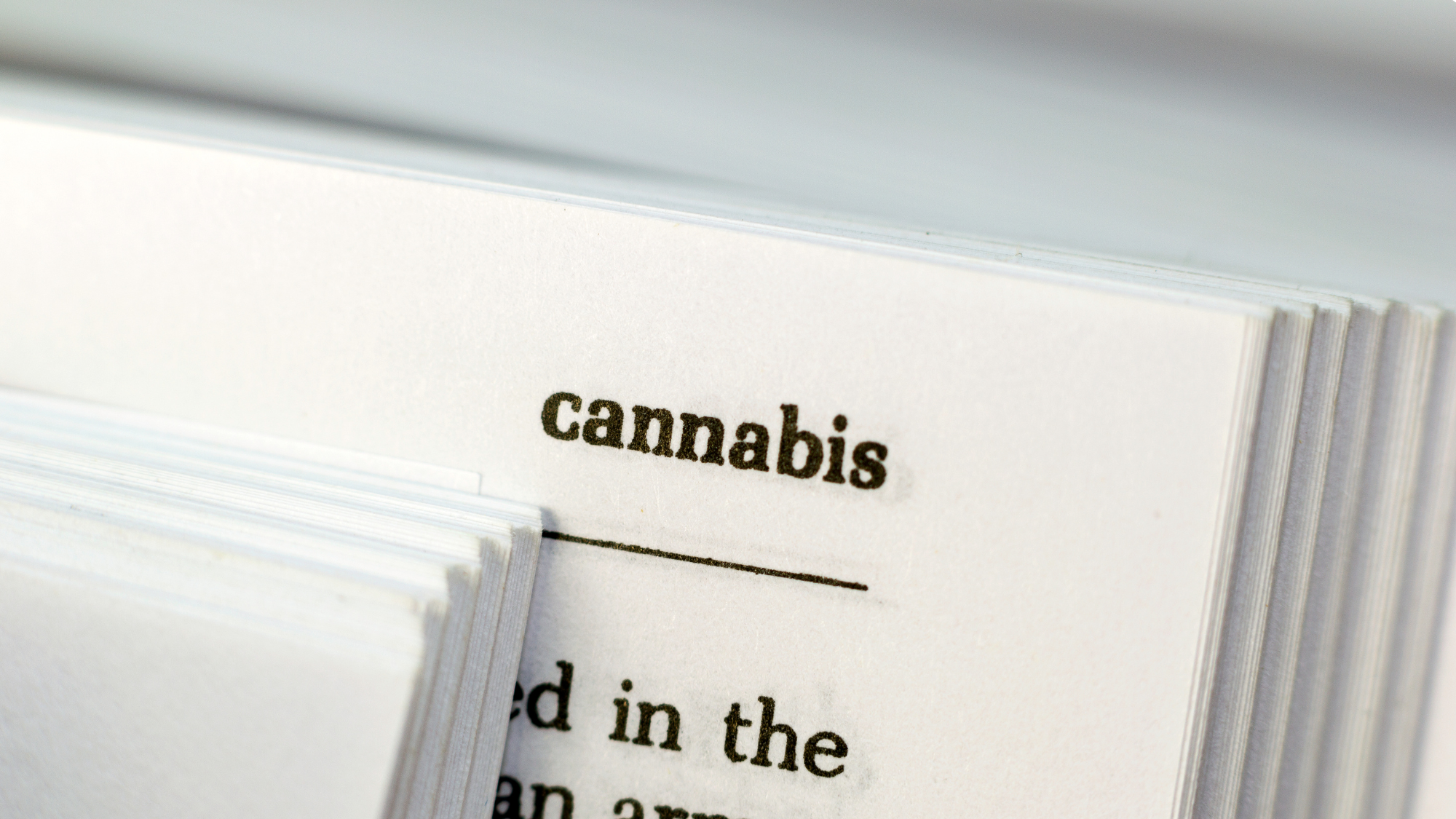
The risks of using cannabis as a Christian from a Spiritual lens
Another topic to consider is the idea that if you use cannabis you become a stumbling block to your fellow Christian or to the unbeliever. I can remember my Mom liked to sip on a glass of wine now and then, but she would always say, I don’t want to be a stumbling block to my friends or unbelievers if they see me drinking wine. So she would drink it in the safety of our home when she got older. Just a small glass!!
1 Corinthians 8:9-13 Paul is speaking to the Corinthians and telling them that the meat that used to be offered to idols was now ok to eat after the death of Christ because His death freed us from the law that said don’t eat that meat! This scripture is the one most church leaders quote when admonishing Christians to not drink alcohol. Of course, it is referenced in the case of cannabis as well. The problem is it should be referenced in the setting of too much tv, gluttonous food intake, too much social media - saying controversial things on social media and the list could go on and on. I personally believe that everything should be done in moderation. So drinking a glass of wine with dinner is not a stumbling block where drinking a bottle of wine ending in drunkenness is a stumbling block. Using cannabis daily to get high could very well be a stumbling block to unbelievers and, or course, ridicule and judgement from Christians. But using microdoses of CBD/THC should never be a stumbling block because it is medicine not a vice.
This topic is very near and dear to my heart. I love Jesus with my entire being. He has changed my life for the better in so many ways. When I began using cannabis as medicine in 2021, I worried that I was going against Him and dishonoring Him, but I have never felt convicted and He has not shut the door on this journey of mine to break the stigma of the plant. I got my certification as a cannabis coach and educator to help you navigate the many facets of using cannabis as medicine. If you would like me to hold your hand and guide you toward that sweet spot then Click the link to book an appointment!
Break the Stigma!!
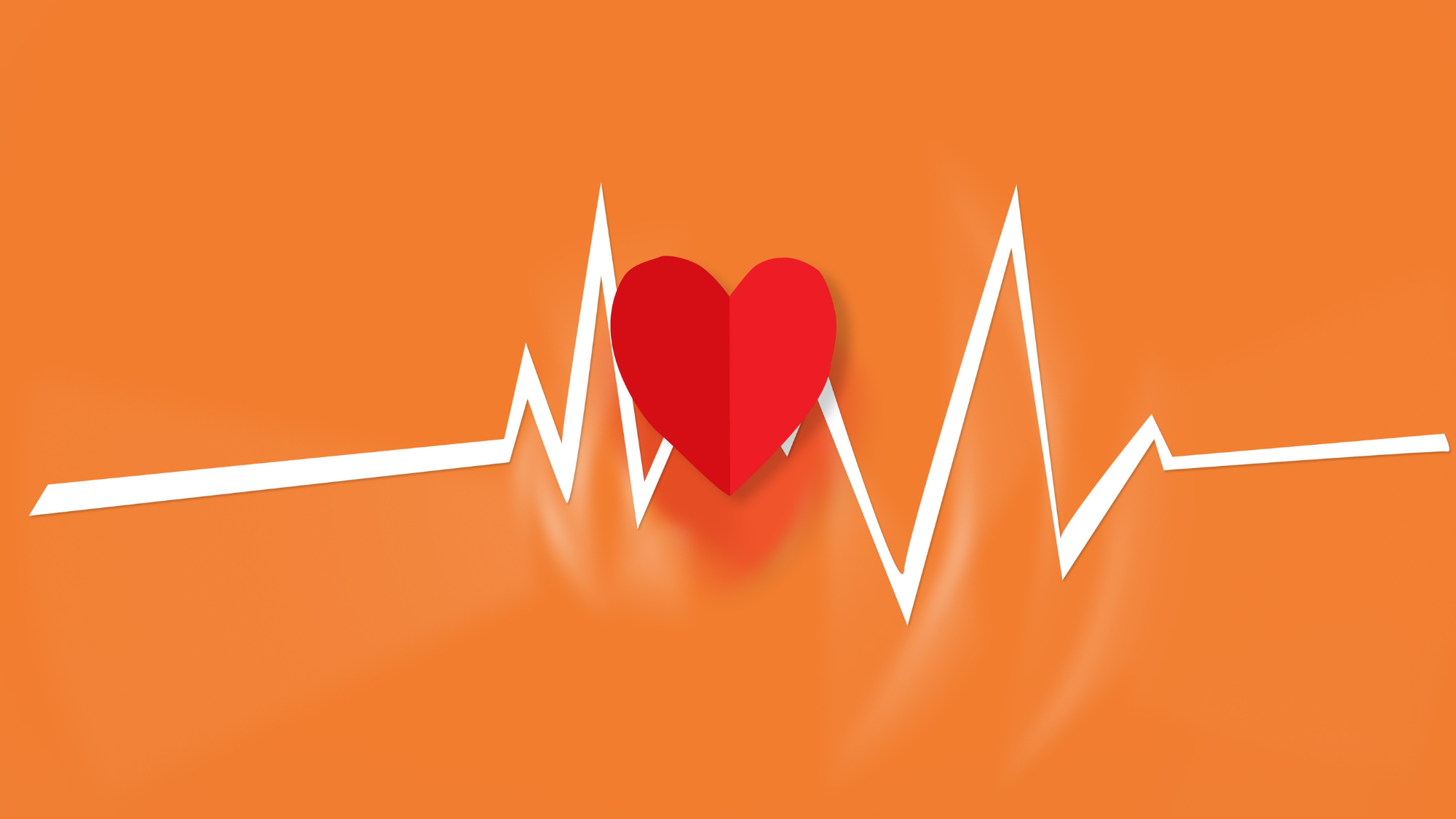
What is hypertension and what are the risks associated with it?
High blood pressure, also referred to as hypertension, is when the force of the blood that pumps through the arteries is too high for too long! It’s like turning a water hose on high and laying it on the ground in one place. Eventually the ground will shift and change to accommodate the force of the water. In the heart, the chambers will respond to the force by becoming hypertrophied or thickened. This then reduces the efficiency of the heart muscle itself and causes everything below that to shift and change to accommodate the force of the pumping action! When pressure stays high for too long it causes the vessels to stretch and become lax and then the blood isn’t able to move through the vessels with the proper force for protection from stroke and heart attack. To add to the risk, particles of cholesterol can get piled up and then break loose and cause a heart attack or stroke.
This increased pressure can damage the arteries, heart, and kidneys and can lead to stroke, heart failure, and kidney failure. There are many possible causes of hypertension, including
obesity
stress
genetics
poor diet (one high in sodium and processed foods)
sleep apnea
RAS (renal artery stenosis)
and weird things like pheochromocytoma
Thyroid issues can affect blood pressure.
There is so much to consider. While there are often no symptoms in the early stages of hypertension, it is usually discovered during a simple blood pressure check. Treatment typically involves lifestyle changes such as diet and exercise, as well as medications to lower blood pressure. In some cases, surgery may also be necessary. Although hypertension is a serious condition, it is often preventable through healthy lifestyle choices.
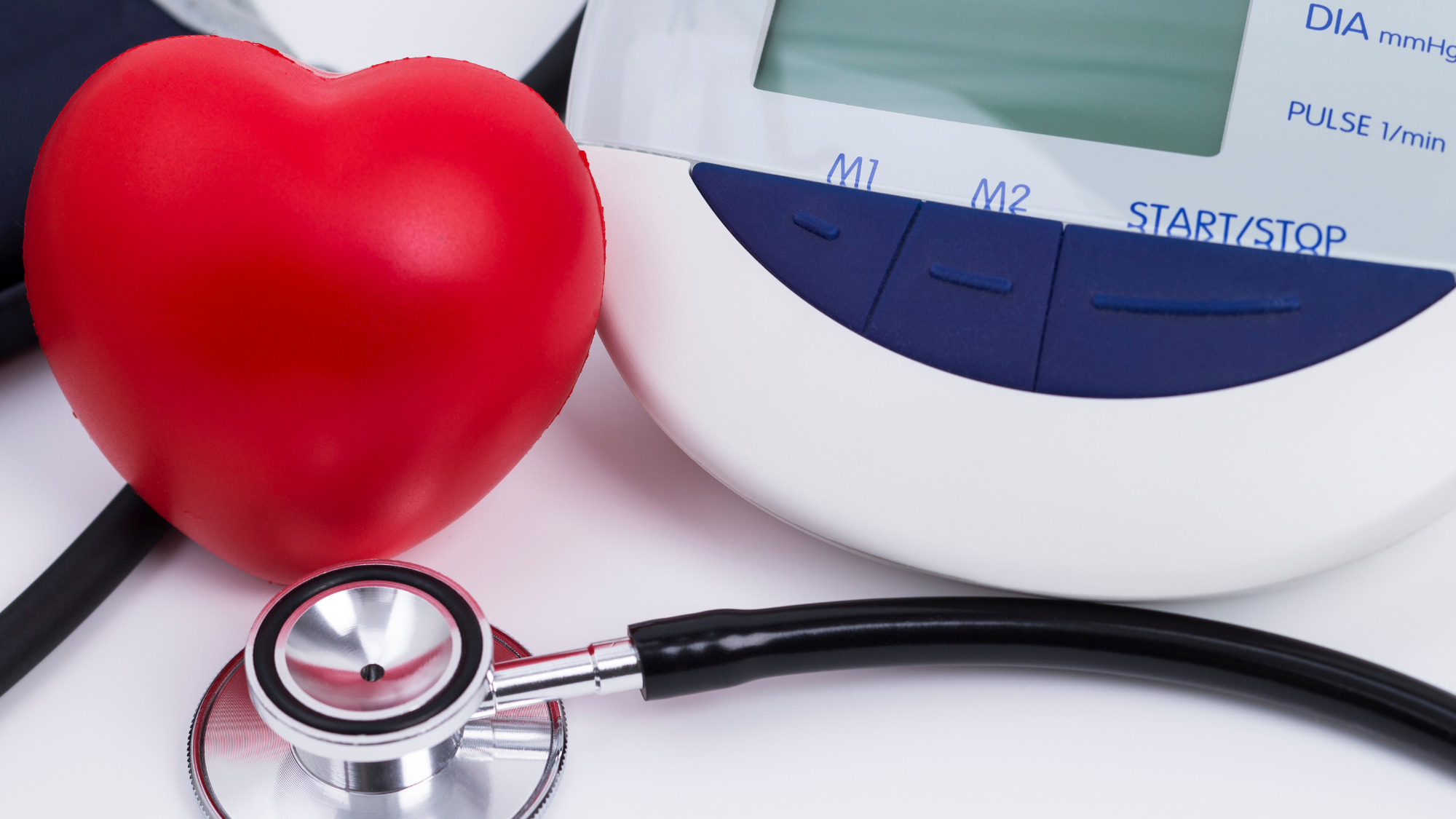
How can cannabis help to lower blood pressure and improve heart health?
For many people, the idea of using cannabis to improve heart health may seem counterintuitive. After all, cannabis is notorious for causing an increase in heart rate. However, recent research has shown that cannabis can actually help to lower blood pressure and improve heart health. One study found that just a single puff of cannabis lowered blood pressure by up to five points. The researchers believe that this effect is due to the fact that cannabis causes the blood vessels to dilate, which lowers blood pressure. Another study found that regular cannabis use was associated with a reduced risk of cardiovascular disease. The researchers believe that this effect is due to the fact that cannabis helps to reduce inflammation and improve blood sugar control. Taken together, these studies suggest that cannabis can be an effective tool for improving heart health.
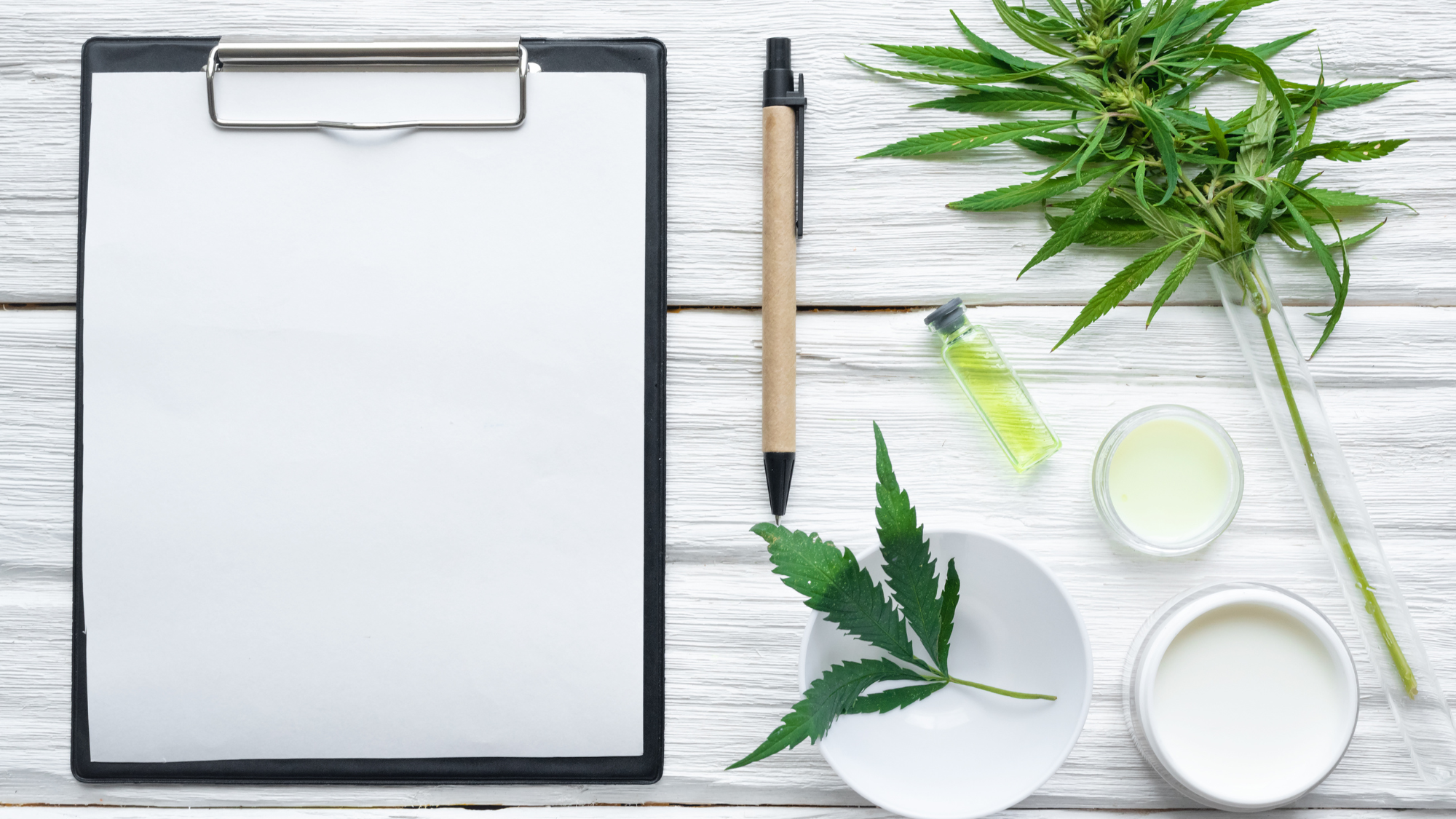
What is the advise?
All the research I have reviewed indicates that a controlled regimen of medical cannabis and CBD use is considered relatively safe in terms of heart health.
- If you have heavy use, you may have an increase of blood pressure but it should resolve after use has been discontinued.
- If you have very light use of medicinal cannabis or CBD, you may have transient elevations of blood pressure. I
- f you don’t use cannabis medically but more recreationally and your use is heavy, you may have an initial increase in blood pressure but as you become accustomed to using the plant, you will have a reversal of the elevated pressure by experiencing low blood pressure - hypotension.
- Of course, if your blood pressure stays elevated, stopping cannabis, getting an appointment with your provider for a work up is indicated.
Other things to consider in the setting of HBP are diet, decrease ALL processed foods, eat a diet rich in fresh vegetables, low sugar content fruits and lean meats. If you are a woman in menopause, avoid pork (at least a regular diet of pork). Eating pork occasionally is ok but too much can lead to an estrogen spike and can affect blood pressure.
Also, lastly, I was listening to a health series about parasite infections. The consensus is that we all likely have some sort of parasite because we eat raw foods, sushi, we have pets that sleep in our beds or lick our faces. In the setting of a parasite infection, you could have cardiac related issues along with anxiety, depression, mood disorders, brain fog, sweats, joint pain and more! That is the topic of another conversation
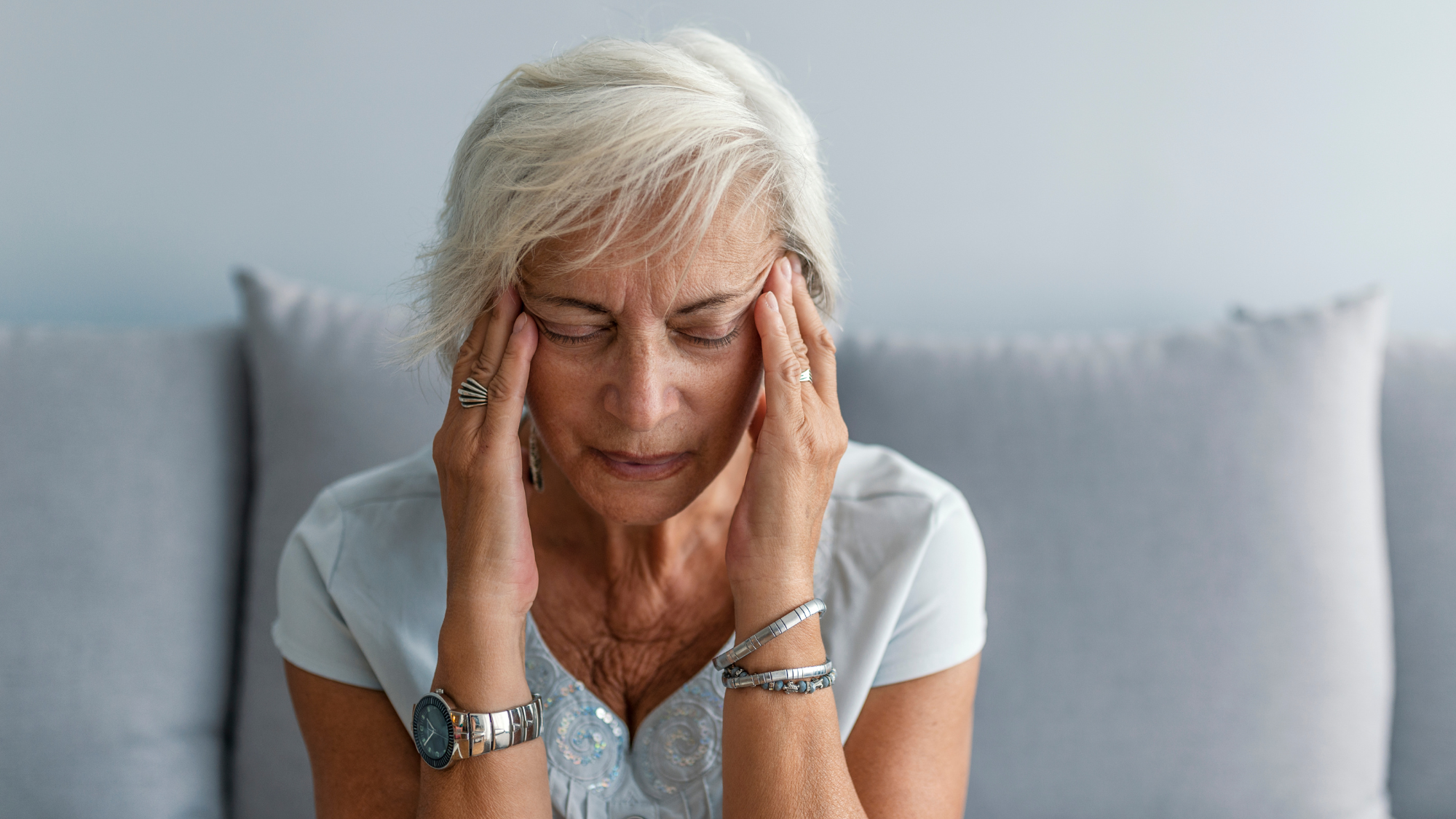
What are migraines and what are the symptoms?
Migraines can be painful and disruptive to daily life. In fact, 12% of the American population or about 36 million people suffer with debilitating migraine headaches. Break it down even further that translates to about 1 in 4 households, loss of work and hundreds of dollars for medical care and prescriptions.
The most common symptoms are throbbing headaches usually on one side of the head but not limited to one side, sensitivity to light or sound; nausea/vomiting and possibly diarrhea. This type of headache can last hours or up to days! Sometimes the pain of a migraine can be so severe it requires and ER visit for pain and nausea meds.
Migraines can occur at any stage of life and can be triggered by stress, menopause, foods and additives, sleep disruptions, alcohol, excessive computer use, loud noises and bright lights.
Migraines have 4 stages of symptoms:
- Prodrome: this can start 1-2 days before the migraine actually starts and can present with increased yawning, increased thirst and urination, stiffness in the neck, food cravings, rapid mood changes & constipation
- Aura: this can occur before or during the headache and can include visual changes like seeing flashing lights, shapes or bright spots, loss of vision, trouble speaking, weakness or numbness in the face or on one side of the body, pins & needles in the arms or legs, hearing music or other noises
- Headache phase: throbbing or pulsing pain usually on one side of the head but can be both, nausea & vomiting, blurred vision, feeling light headed or fainting, extreme sensitivity to light, sounds, smell or touch
- Postdrome: this occurs 24 hours after the migraine and you may still experience sensitivity to light and sound, fatigue, moodiness, dizziness and confusion
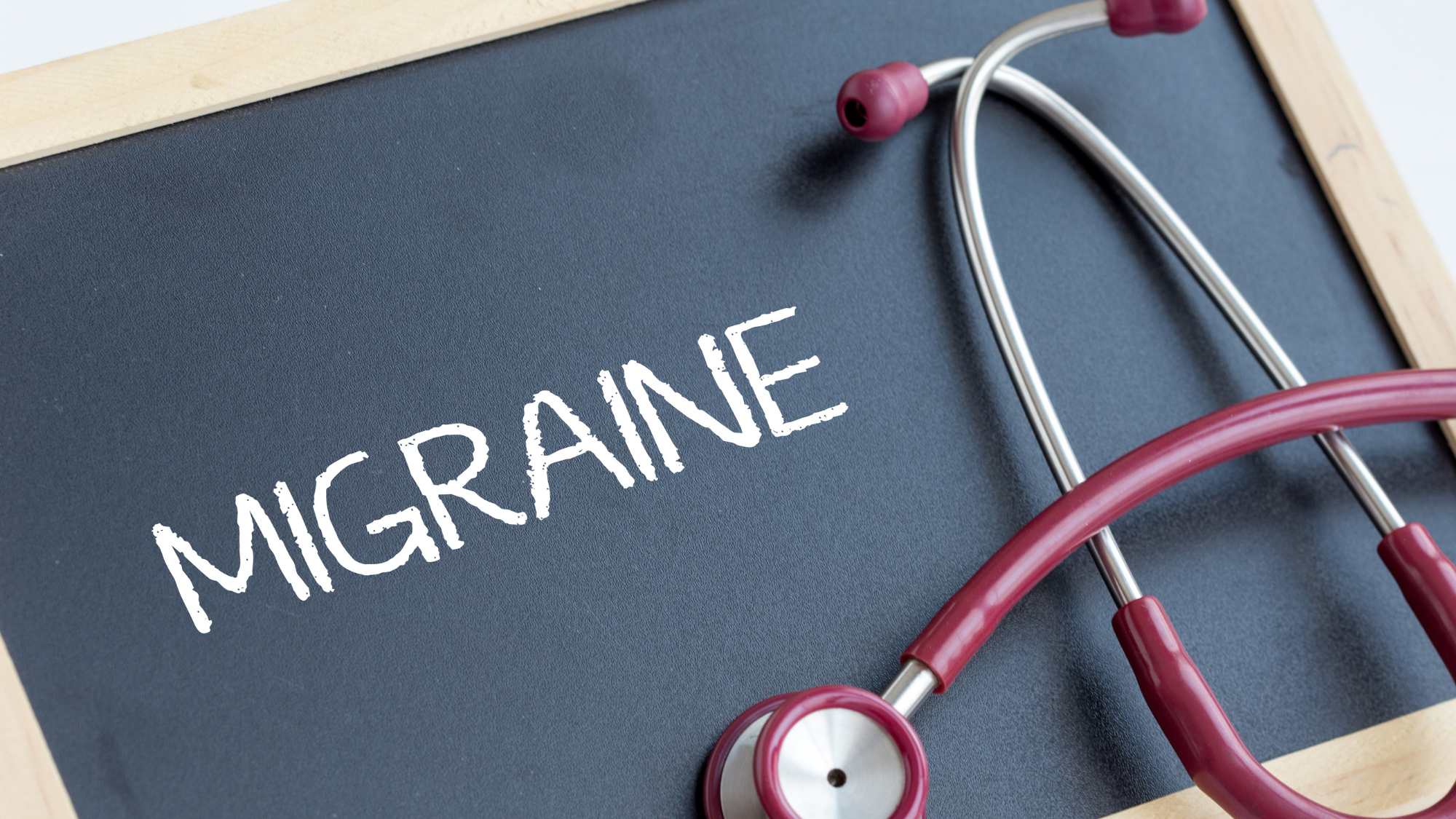
What is the pathophysiology of a migraine?
The actual mechanism of action is not completely known but the theory is that in the prodrome phase there is constriction of the blood vessels within the brain vasculature and dilation of the arteries in the skull that cause the head pain. When there is constriction or dilation of vessels, neurotransmitters can be affected like serotonin and dopamine. There is also an inflammatory component that involves neuropeptides ( chemical messengers made up of small chains of amino acids) and these trigger the release of kinins (a class of peptides) that actually cause inflammation and dilation of vessels. When the vessels dilate - that applies pressure to the tiny nerve endings found in the brain and other skull structures which contributes to the symptoms of migraine.
So basically, to put it simply when a migraine occurs there is engorgement of the vessels in the brain and skull that results in the throbbing sensation of a migraine. One class of medications focuses on the dilation of vessels by causing constriction to release pressure on the sensitive structures that are involved.
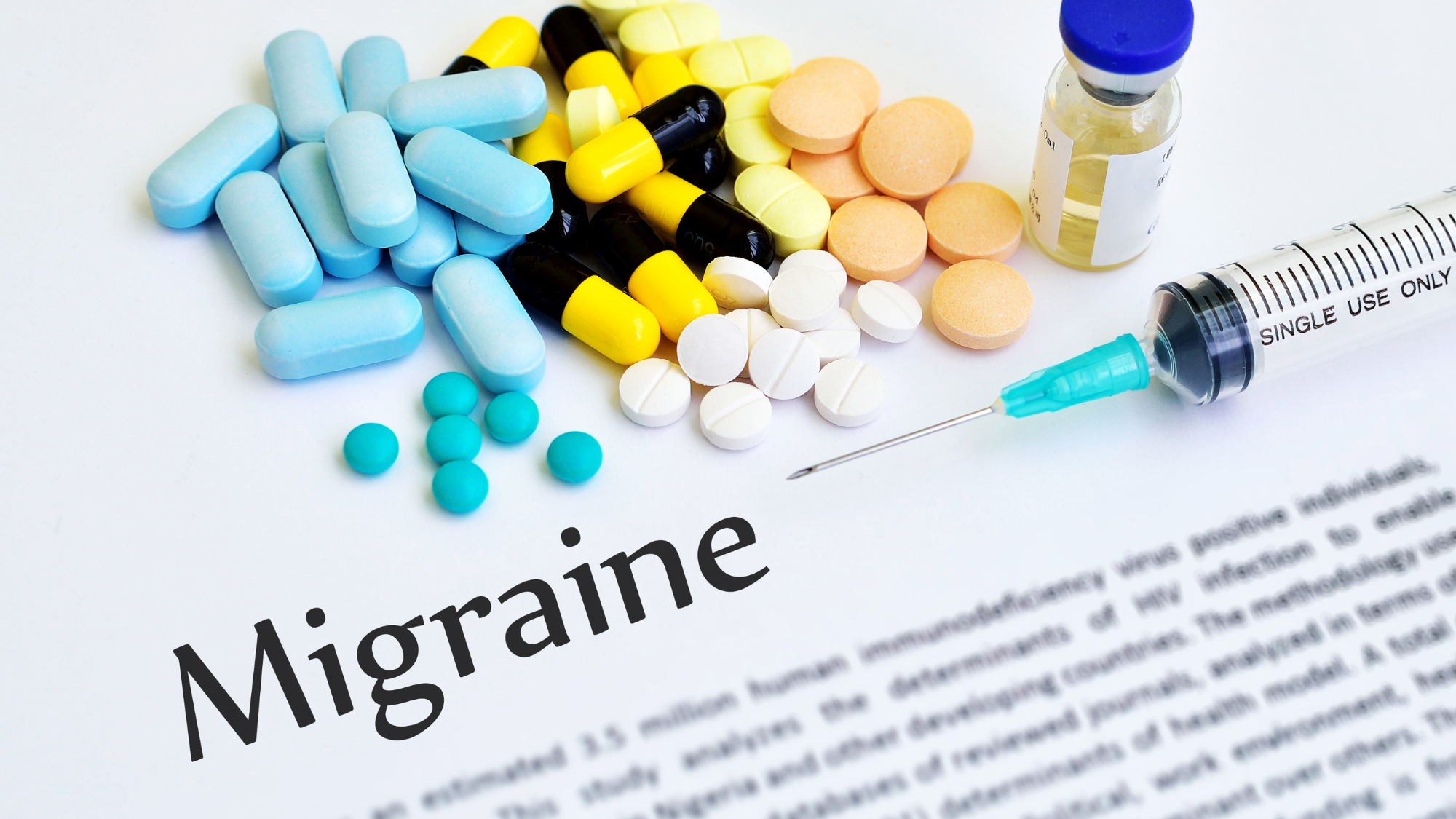
What are conventional treatments for migraines?
Initially, avoiding triggers, getting some rest in a dark room, applying cold to the forehead, scalp and neck.
The main pharmaceutical for aborting a migraine is in the class of medications called triptans. These medications activate vascular serotonin 5-HT1. In other words, because serotonin is a major player in migraine HA, these meds effect serotonin in an effort to stop the symptoms. You can’t take more than 2 pills or sprays or injections in 24 hours and no more than 2-3 times per week because it can lead to rebound headaches.
Another common medication class is the NSAIDs but again using too many can result in rebound headache symptoms
Caffeine is another tool for managing acute headaches
For prophylaxis or to attempt to prevent the headache in the first place, medications like propranolol or topiramate are prescribed but like with other pharmaceuticals can have a host of side effects.
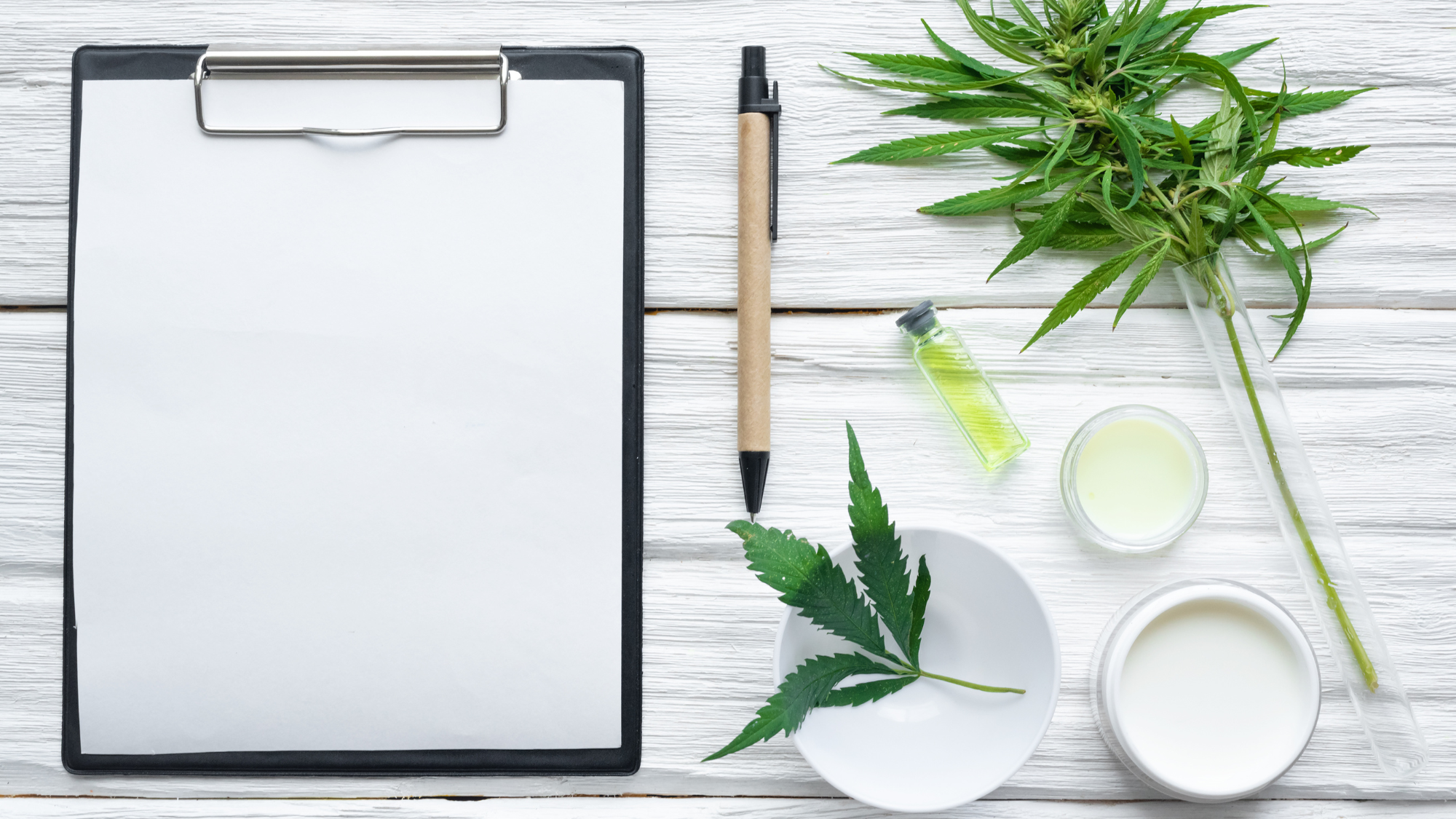
How does cannabis fit into the management of migraines?
Just to review that during the phases of migraines there is dilation of vessels and constriction of vessels and releasing of inflammatory cells that all end up as a migraine. Where does cannabis fit in to managing these symptoms?
First let’s discuss what part the ECS plays in the setting of migraines. There is a theory that people who are endocannabinoid deficient are more likely to experience migraines. A report in Neurophyschopharmacology no 6 2007 reported that pt who suffered migraines actually have reduced levels of anandamide (one of our endocannabinoids) in CSF indicating that in pt who are endocannabinoid deficient are more likely to suffer from chronic migraines. European Journal of Clinical Pharmacology 2008 it was reported the endocannabinoid levels were decreased in patients with chronic migraines and in people who over use their migraines meds indicating dysfunction of the ECS. In Pharmacotherapy 2016 it was found that of 121 pt the were approved for medical cannabis there was a decrease in frequency of monthly HA from 10.4 to 4.6 with 39.7% reporting positive effects
If you were to use cannabis for a migraine, what relief would you expect to experience? Relief of nausea, vomiting, better sleep and pain relief due to the CB1 receptors in the brain that are activated when CBD or THC are taken
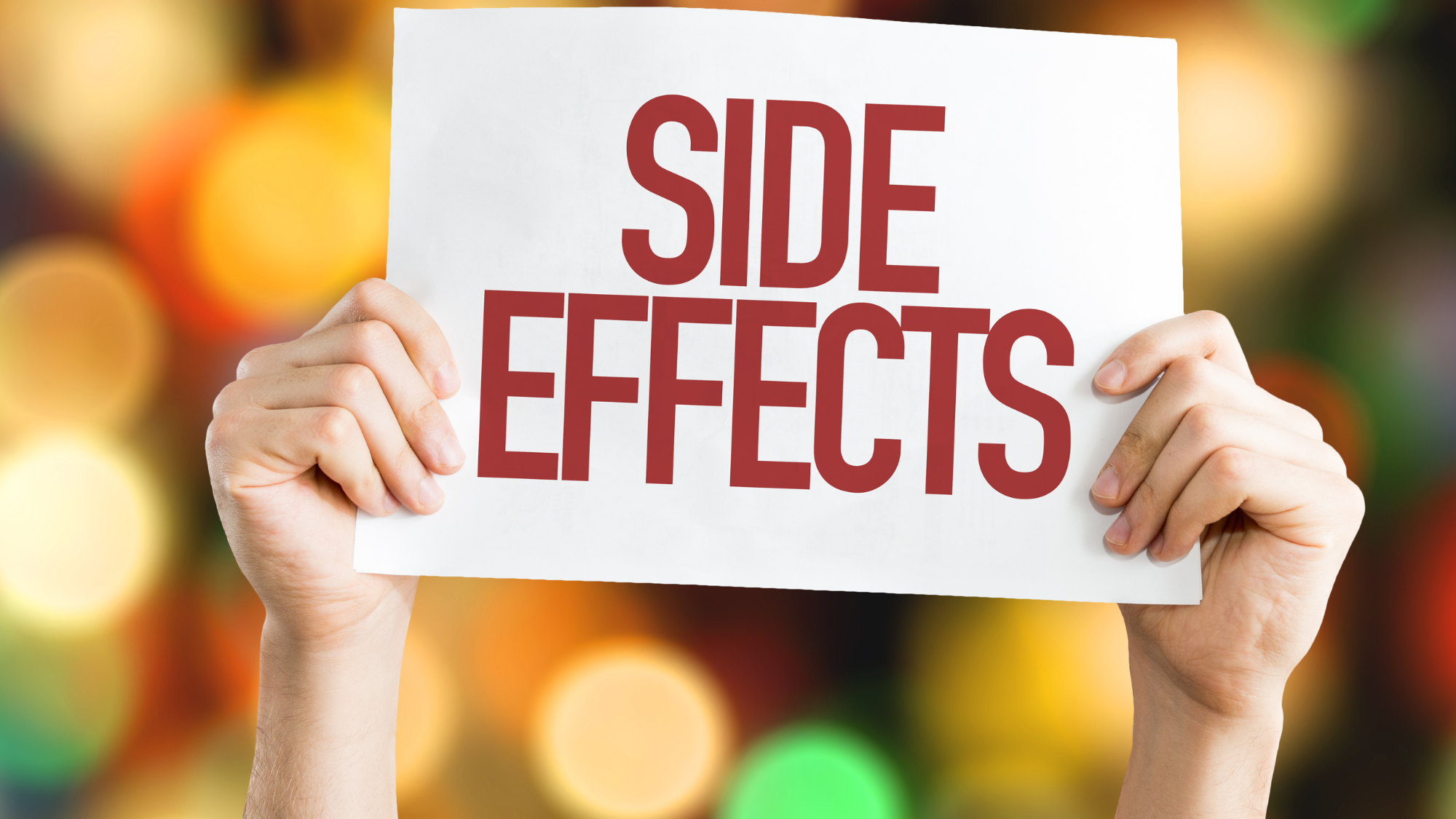
What are the side effects of using cannabis for migraines?
If you use too much, you may experience adverse outcomes such as paranoia, anxiety, dry mouth, difficulty concentrating or remembering things. Using the correct amount, you may still have dry mouth and concentration and memory issues that are short term but you shouldn’t experience the anxiety or paranoia. Some people may not get relief at all, so that is something to keep in mind.
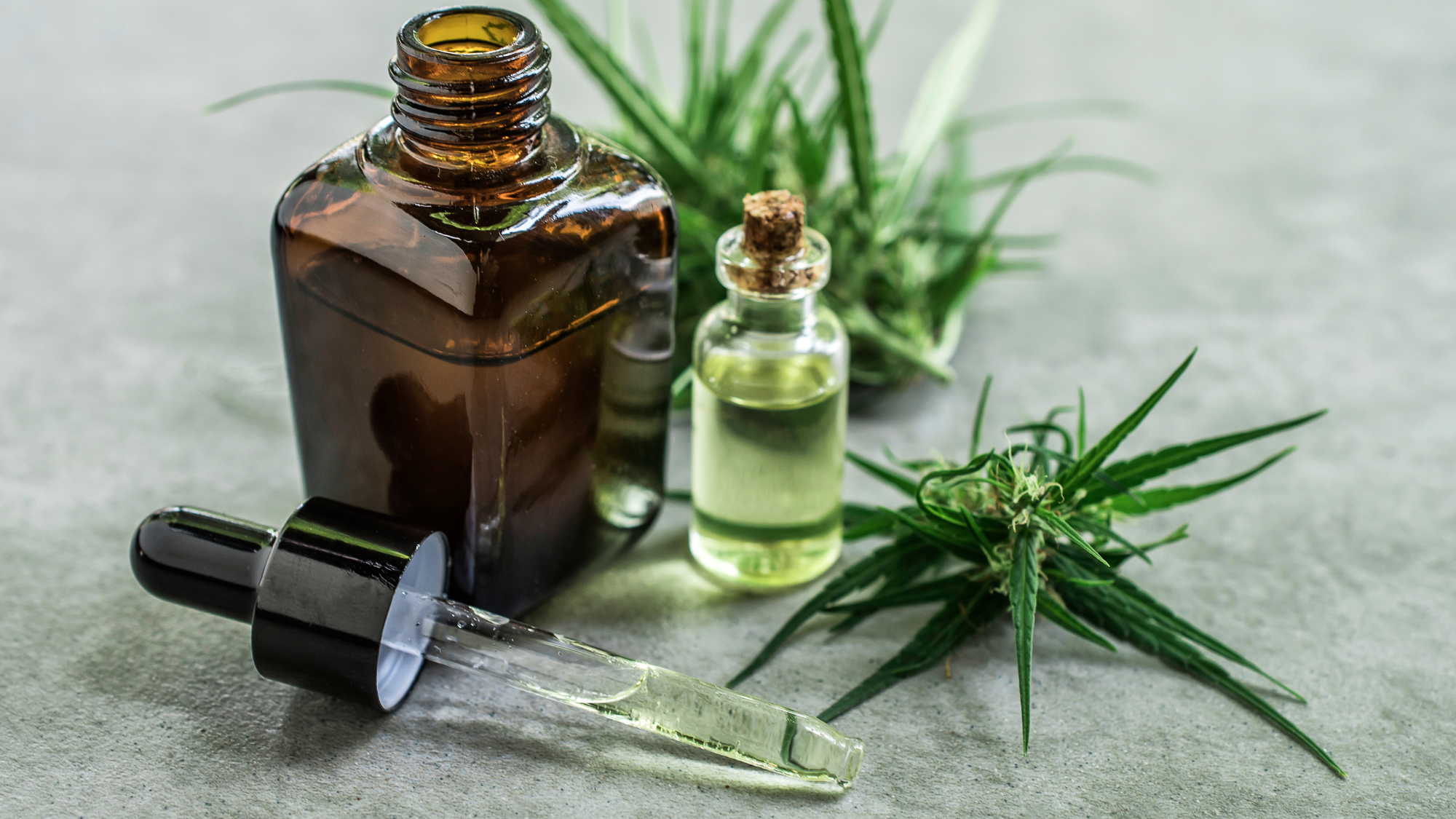
How should cannabis be used to treat migraines - smoked, eaten, or in oil form?
The quickest most effective method is a sublingual form like a tincture or oil. That is absorbed quickly which results in faster relief.
There are different approaches to managing the migraine:
- use a sublingual CBD or THC or combination at the onset of the symptoms
- some people report using daily doses of low dose THC has reduced the frequency of migraines
- you could try daily CBD rich cannabis to help with prevention
- always start low and go slow
- track your response to your dosing as well - having a good tracking system that documents what you used and how much, time of day, timing of the HA, etc.
Which terpenes and chemovars of cannabis work for treating migraines?
Chemovars higher in beta-caryophyllene and myrcene are therapeutic for addressing migraine symptoms. Grape Ape, Granddaddy Purple, Blue Dream are higher in myrcene and Girl Scout Cookies, Gorilla Glue #4 and Kush chemovars are higher in beta-caryophyllene.
If you live with migraines and want help using CBD or THC to help manage them, I can support you with one of my coaching options. No big deal if you want to try on your own though!
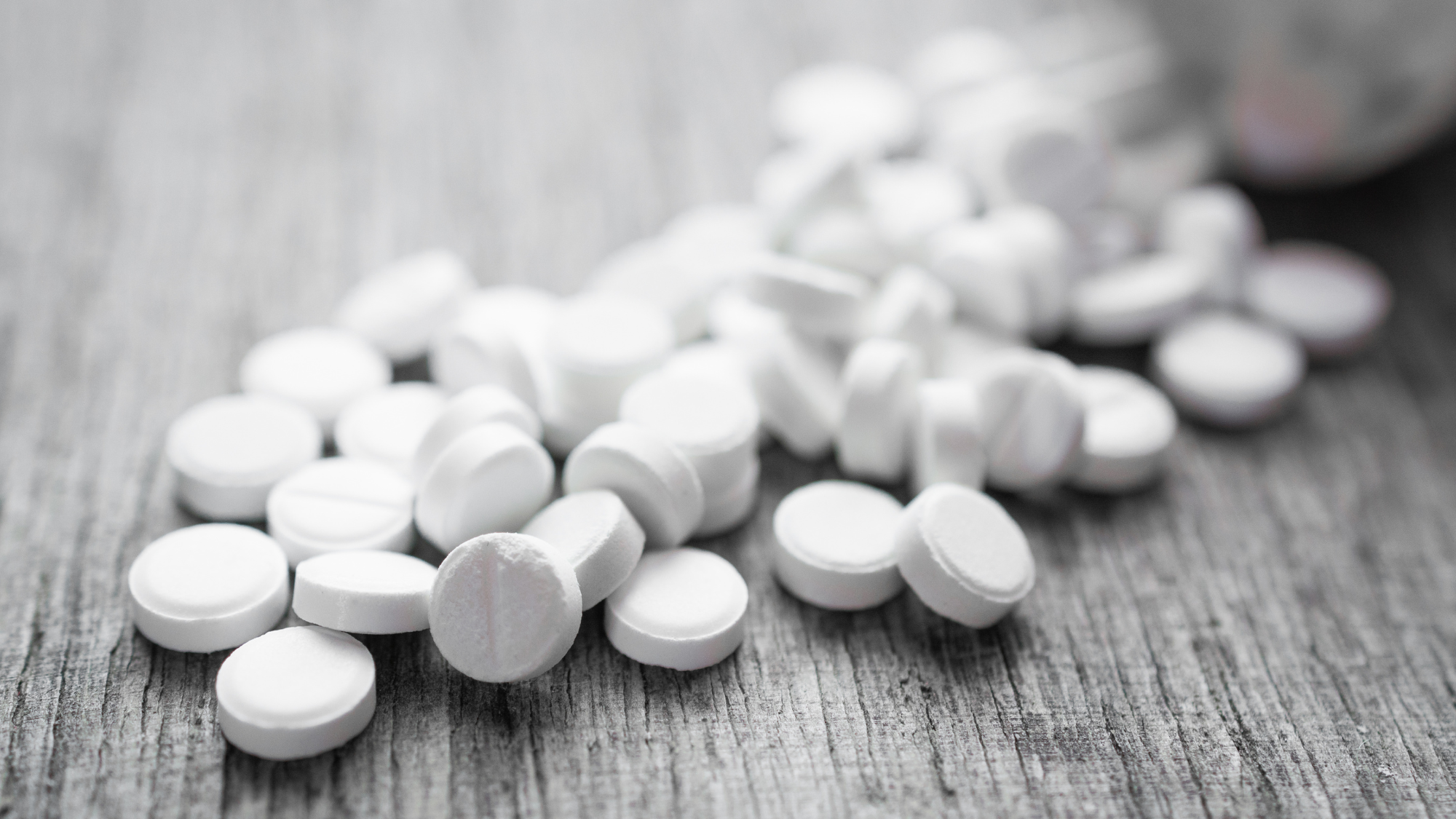
Why is there such concern about opiates and excessive alcohol use?
As a provider when you have a patient who is having severe and unmanageable pain, you just want to help. No one wants to see anyone suffer. In the early 1990’s someone decided to make pain the 5th vital sign. If you have had pain your provider may have asked what your pain is on a scale of 0-10. When this became a thing, providers had to address this vital sign and that meant prescribing opiates. It got way out of control when Purdue Pharma started marketing oxycodone. The drug reps would actually go to the providers and offer them large, expensive gifts if they would prescribe their drug. Unfortunately, thousands of people have lost their lives because of this. Go watch "Dope Sick" on Hulu!!!
In Oct 2014, the schedule of hydrocodone was changed from schedule 3 to schedule 2 therefore requiring providers to be more conscientious of what they prescribed it for and for how long. It has been a long road to develop patient education around the use of opiates.
Don’t get mad at your provider if they have to stop your opioid. But do get mad if they don’t offer you a weaning schedule in order to avoid withdrawal. And if you want to discuss using medical cannabis and they say no then find another provider.
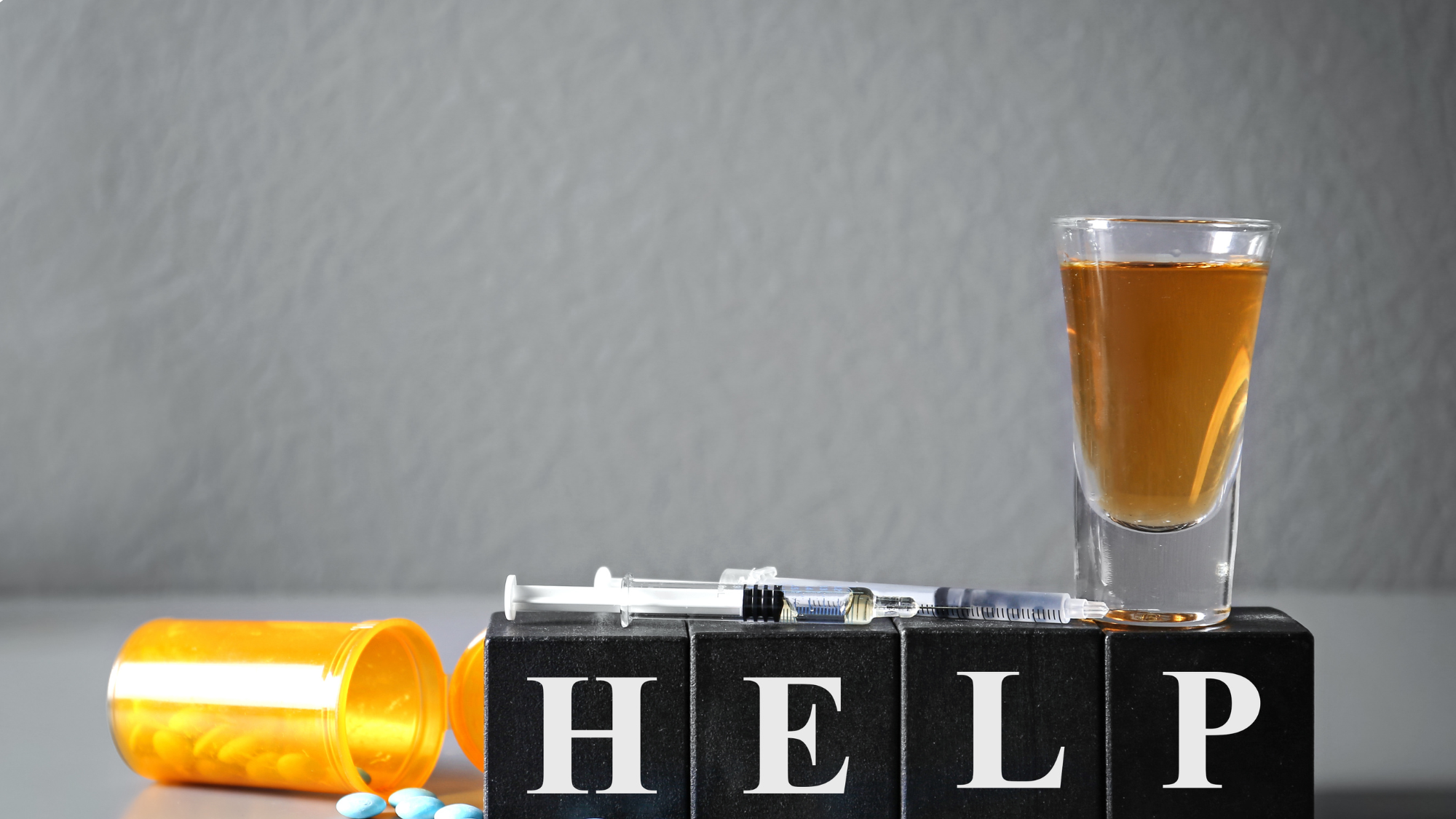
Conventional approaches for managing opiate and alcohol dependency
- medications like Suboxone or subutex are available but can also lead to dependency and can be quite difficult to discontinue
- methadone clinics are widely available but like Suboxone, very difficult to discontinue
- some rehab programs will use benzodiazepines to help with detox from alcohol but extended use of these medications is not recommended either
- inpatient rehab can last from 30 days to 90 days to 6 months. In those settings you go through detox, you will be medicated with other controlled substance, group and individual counseling
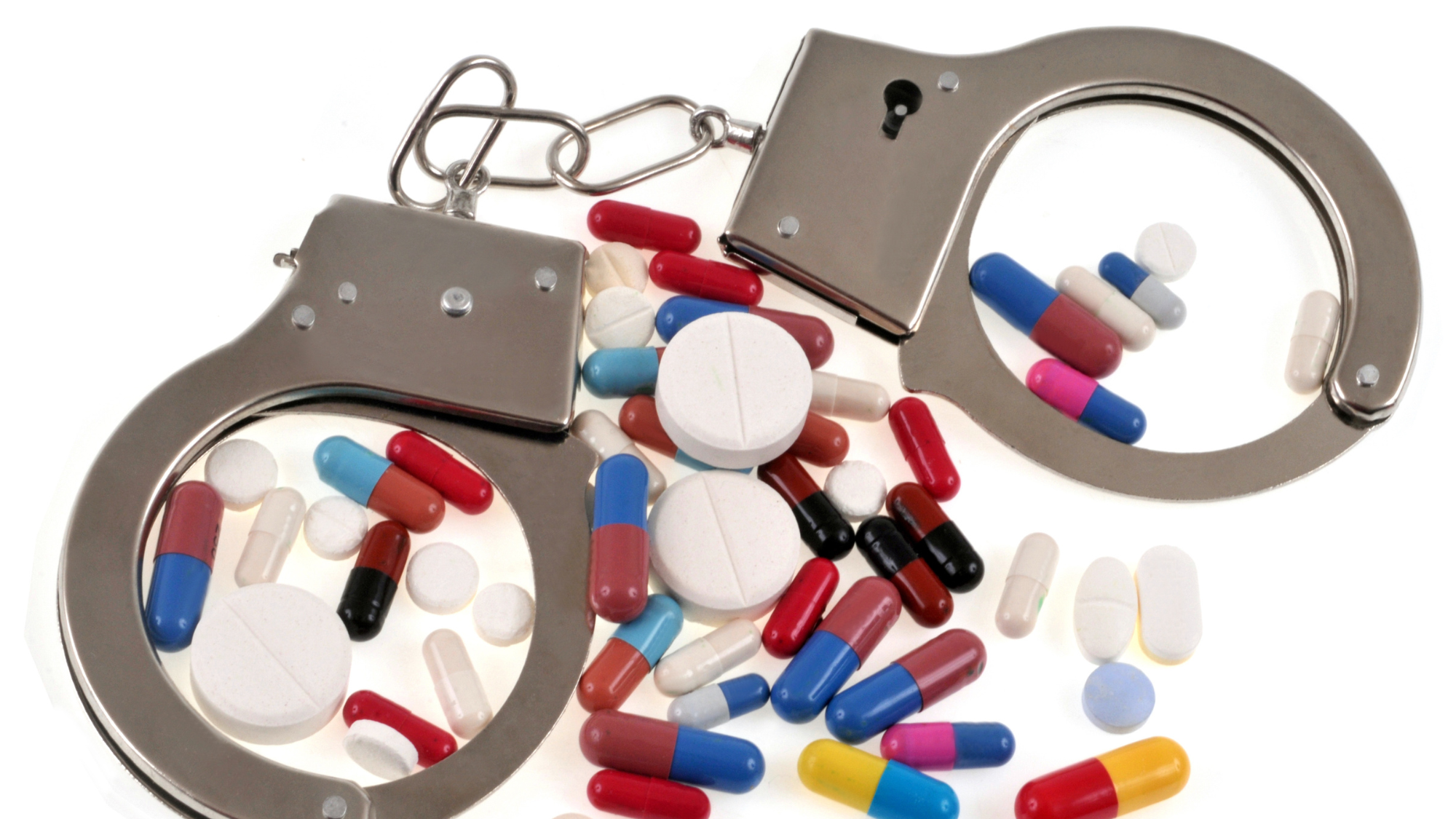
Detoxing from Opiates and Alcohol: What You Need to Know
Detoxing from opiates and alcohol can be a difficult process, but it is necessary for overcoming addiction.
When you go through withdrawal you can expect physical reactions like fatigue, lethargy, sweating, shakes, clammy skin, tingles and alternating cold and hot symptoms. You may also experience muscle cramps and spasms.
Behavior is compromised as the patient may be agitated, irritable, frustrated and easily angered. You may have extreme anxiety as well.
When you stop a substance your body is accustomed to you may experience a decrease in appetite, nausea, vomiting, stomach cramps, and diarrhea.
Psychologically you may experience hallucinations, paranoia and delirium. You may be confused and disoriented and have slower thought processes.
One very important aspect is sleep. When going through withdrawal sleep is impaired as insomnia, interrupted sleep and nightmares can occur
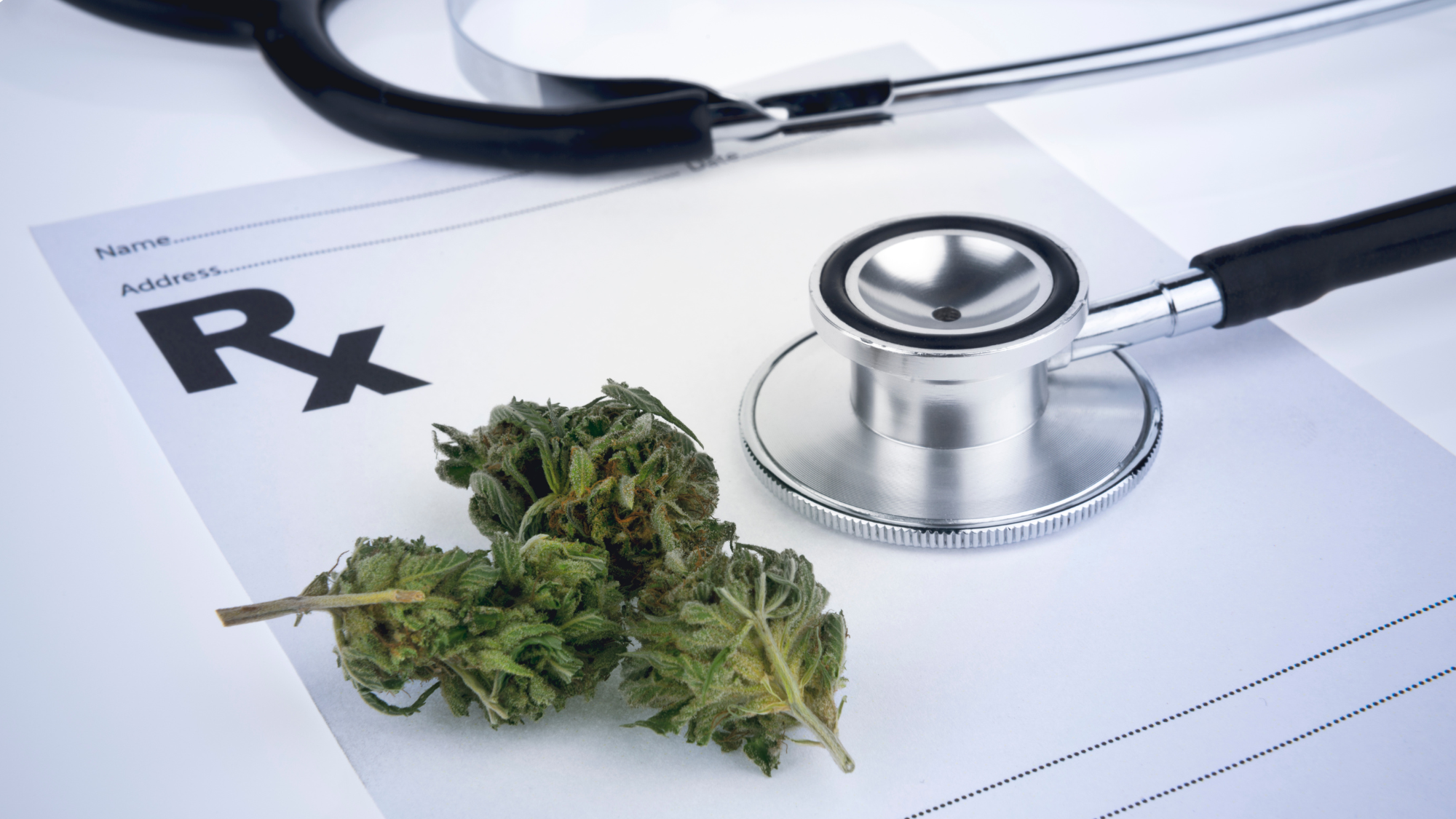
How cannabis can help detox from opiates or alcohol
If you know anything about the history of Cannabis it used to be demonized as a “gateway” drug but is now being considered an “exit drug” in the setting of detoxification
Cannabis and CBD have amazing anti-inflammatory and pain-relieving properties. Cannabis has been shown to reduce anxiety and improve sleep quality, both of which are disturbed during withdrawal. Finally, the use of cannabis can help to increase appetite, an important consideration for those who may be struggling to eat during detox. While further research is needed, these findings suggest that cannabis may be a helpful tool for those facing the struggle of detoxing.
- A study done with mice found that those given cannabidiol (CBD) had lessened opiate symptoms such as anxiety and pain. Other studies have found that CBD can reduce cravings for opiates (Hurd, et al, 2019).
- Not only does CBD help reduce opiate withdrawal symptoms, but it has also been found to be an effective treatment for symptoms of alcohol withdrawal such as insomnia, anxiety, and tremors (De Marco, et al).
- A study published in the Journal of Psychoactive Drugs found that cannabis was effective in reducing the symptoms of opiate discontinuation, including anxiety, agitation, and nausea. The study's authors concluded that "cannabis-assisted detoxification may hold promise as a harm reduction strategy."
- Another study, published in the Harm Reduction Journal, found that cannabis helped to reduce cravings and anxiety in participants who were trying to quit alcohol. The study's authors suggested that "cannabis-assisted intervention may help reduce harm related to alcohol dependence." These studies suggest that cannabis can be an effective detox aid, especially for those who are trying to quit opiates or alcohol.
- organizations like the American Medical Association which is very conservative is starting to recognize the role cannabis can play as an opiate substitution. “The potential for cannabinoids to reduce opioid dose requirements and extend the duration of effective analgesia should not be understated” was the conclusion of a comprehensive meta-analysis of the opioid sparing effects of cannabis
- a study of 3000 chronic pain medical cannabis patients resulted in 81-97% much preferred cannabis over opiates when addressing chronic pain
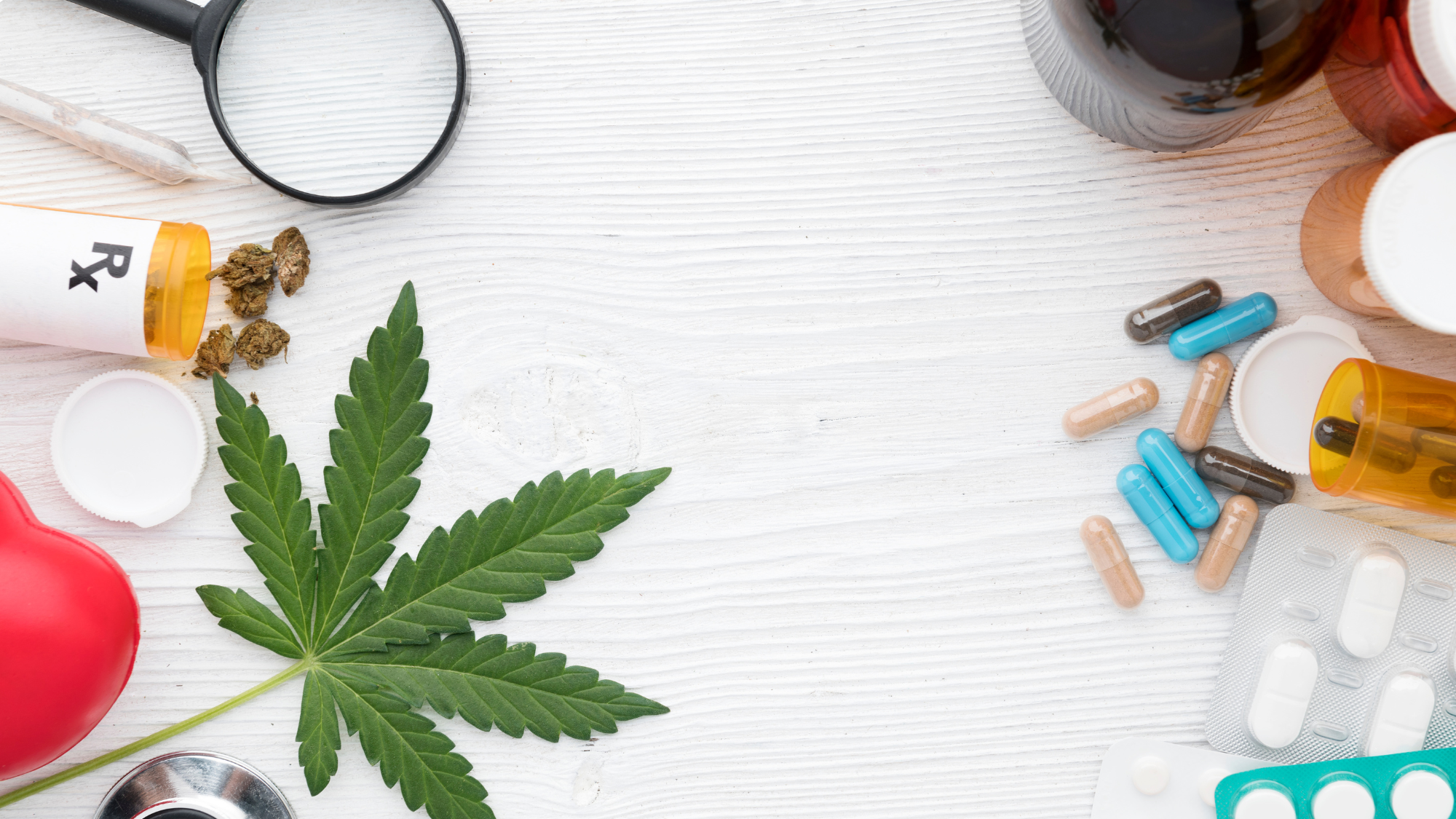
Are there detox programs that uses cannabis and how should you use cannabis if detoxing?
In my experience as a cannabis coach and a medical provider, I don’t know of any programs local to me that use cannabis to help with detoxing from opiates or alcohol. In fact, if you google the topic, you will likely find programs that help cannabis users get off cannabis! If you need a detox program there are some things to consider. At RECOVERUS CENTERS in Carbondale, we are starting to advise using cannabis as an opiate substitution. Using cannabis in place of an opiate dose can help wean off the opiate. Using cannabis in place of alcohol - not in conjunction with alcohol and help decrease alcohol cravings.
First, it's important to understand that not all cannabis is created equal. The active ingredients in cannabis, known as cannabinoids, interact with the body in different ways. Some cannabinoids, like THC, are known for their psychoactive effects, while others, like CBD, are non-psychoactive. It's important to find a detox program that uses cannabis strains or products high in CBD, as these are most likely to produce the desired effect of easing opiate withdrawal symptoms.
Secondly, it's important to consider the delivery method of the cannabis. Inhaling smoke from burning plant material is not generally recommended for people with respiratory conditions, so a vaporizer may be a better option. Alternatively, some programs use orally-administered tinctures or capsules containing CBD oil. Find a delivery method that makes sense for you and your situation.
Finally, make sure to do your research and choose a reputable program. Ask around for recommendations from friends or family members who have been through detoxification before, and look for programs that are accredited by national organizations like the American Society of Addiction Medicine. With a little bit of effort, you should be able to find a detox program that includes cannabis and gives you the best chance for success.
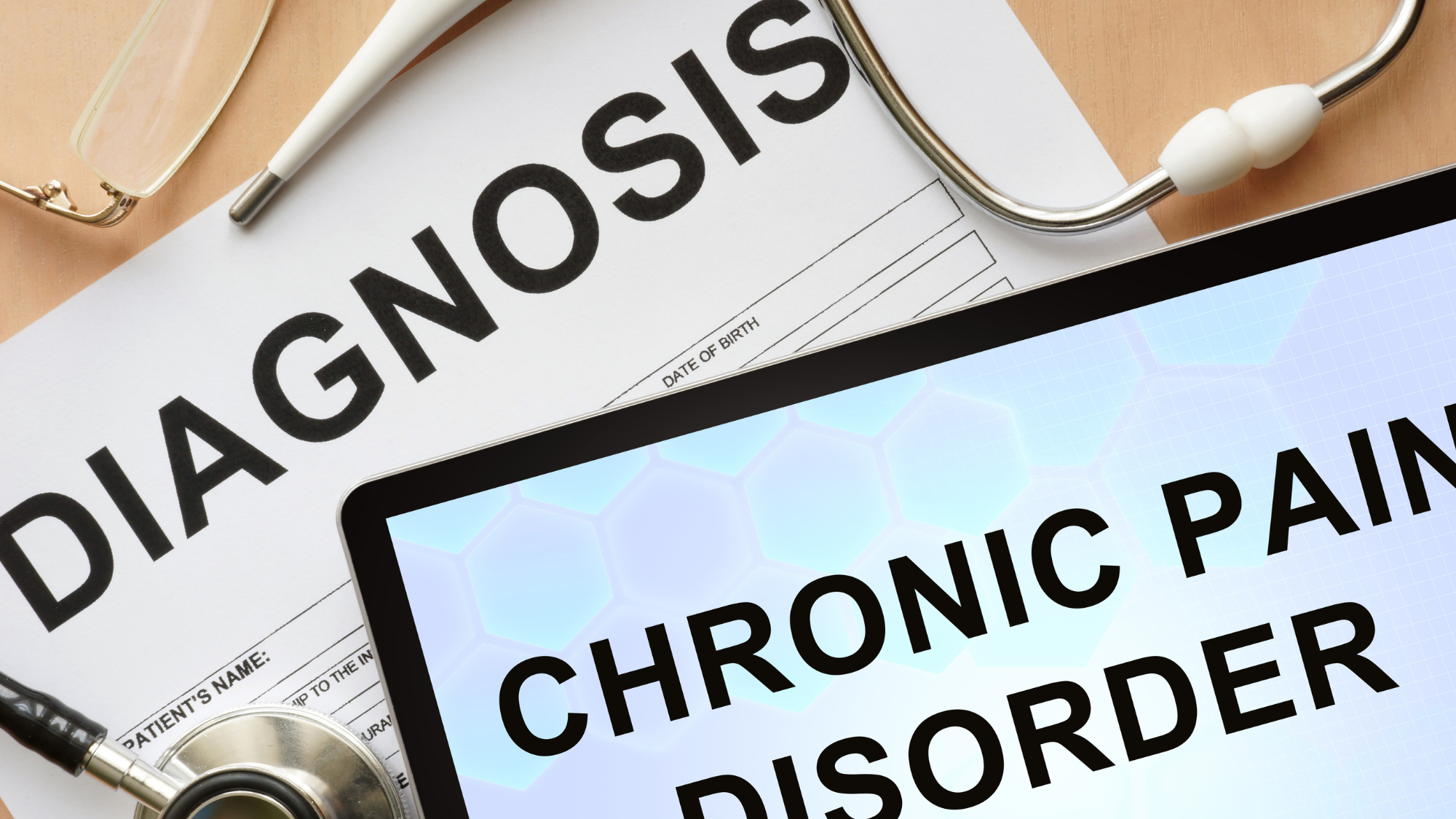
What is chronic pain exactly?
Chronic pain is pain that has existed for longer than 8 weeks. Chronic pain affects about 20% of adults in the US alone which amounts to about 50 million people. In states that have approved cannabis for medical use, chronic pain is one of the qualifying diagnoses. There are 2 types of chronic pain - somatic (which is musculoskeletal) and neuropathic (which is related to nerves).
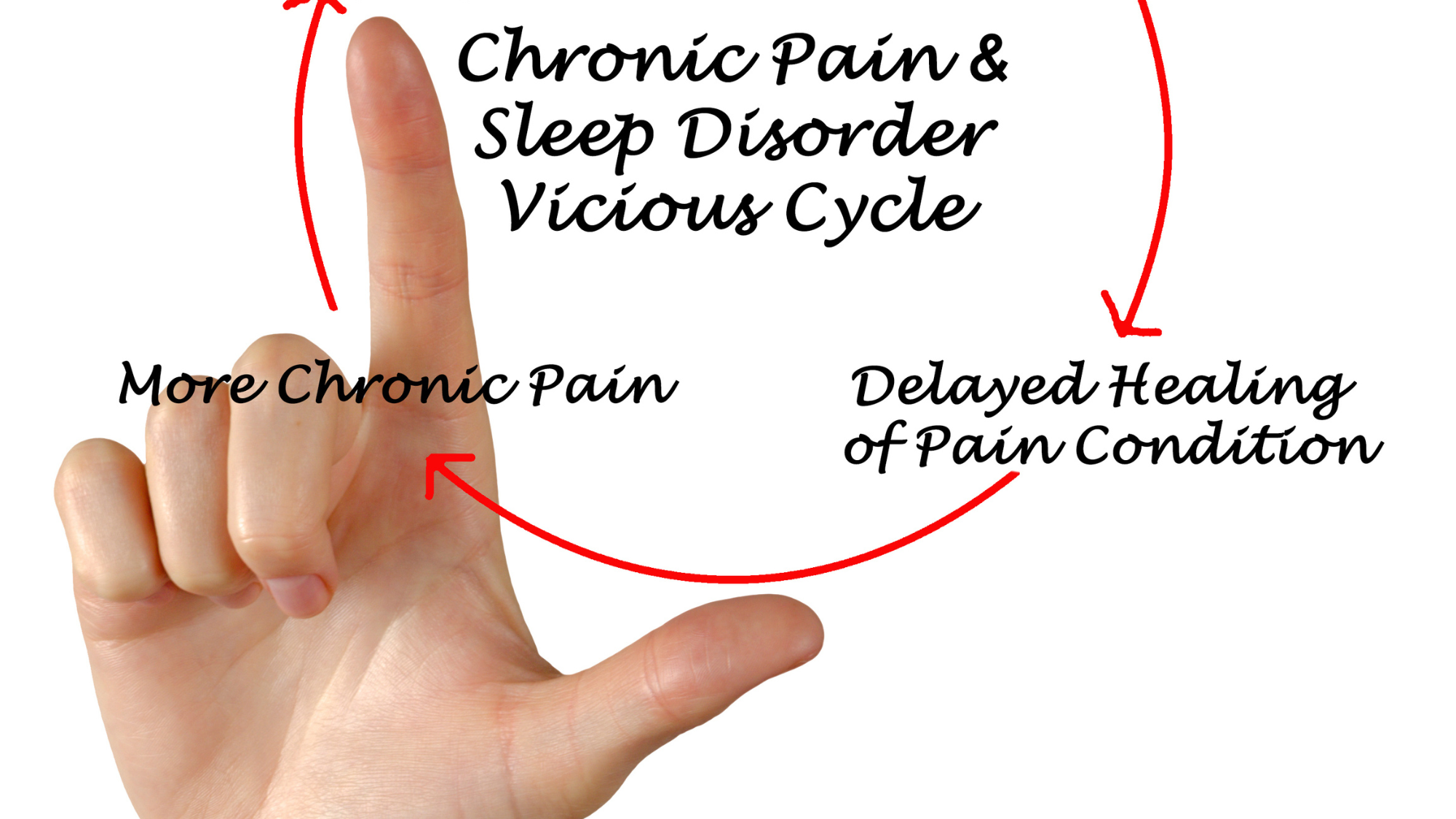
The history of cannabis and its use in chronic pain relief
Cannabis has been used for centuries for joint pain, migraine headaches and neuropathic pain and many other types of chronic pain. Our ancestors knew there was value in using cannabis for these issues and modern science backs it up with the discovery of the endocannabinoid system (ECS) about 20 years ago. A lot of chronic pain is actually an inflammatory condition and the ECS along with cannabis helps control inflammation. From Culpeper’s Complete Herbal: A book of Natural Remedies for Ancient Ills, 1653, “The cannabis root eases the pains of the gout, the hard humours of knots in the joints and the pain of hips”.

Conventional approaches to the Management of Chronic Pain
OTC medications like Tylenol (acetaminophen) and Advil or Aleve or Naproxen ( NSAIDs) are the most common recommendations for the management of chronic pain. However, using more than 3 gms daily of Tylenol can damage the liver and using NSAIDs can lead to stomach issues like ulcer or kidney damage or high blood pressure.
The other option for pain management are opioids. For years opioids have been prescribed much to the detriment of the patient. They work on somatic pain but not so well on neuropathic pain, but they lead to dependency and addiction. We are currently in an opioid epidemic that has affected millions of lives leading to addiction, overdose and death. In 2019, 49860 people succumbed to opioid overdose. For folks who haven’t had an addiction problem, they may struggle with side effects such as constipation, mental brain fog, nausea, vomiting, breathing problems and dizziness. In 2019, 9 million people ages 12 and older misused prescription opioid drugs.
In an attempt to change the trajectory providers started prescribing tricyclic antidepressants, anticonvulsants and medications for anxiety but all without relief or without getting to the source of the pain which is usually inflammation. And of course, these medications come with a host of side effects like dizziness, cardiac problems, nausea, constipation, weight gain, insomnia and fatigue.
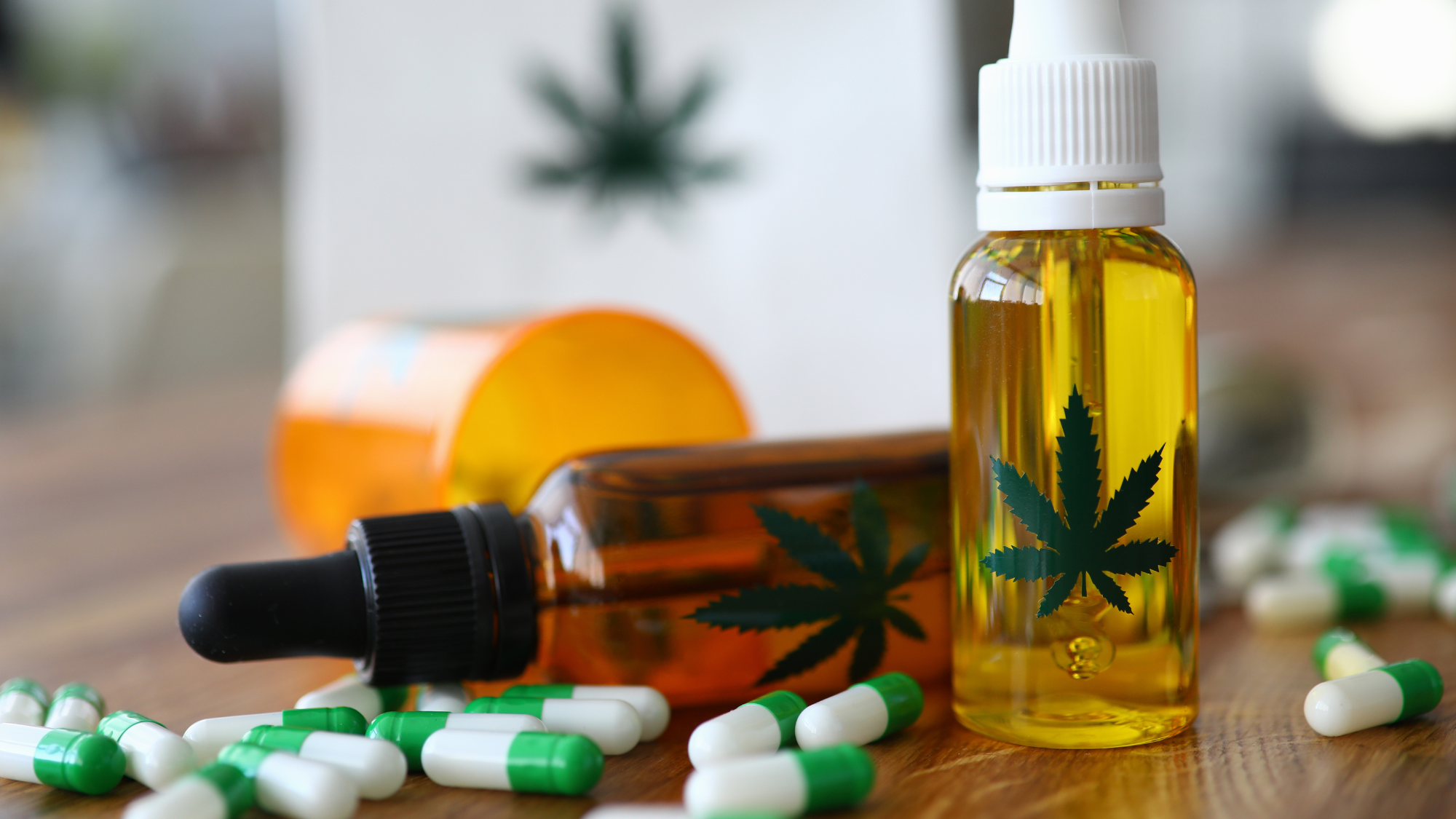
How cannabis works to relieve chronic pain
THC is a pain-relieving psychoactive cannabinoid that reduces signals being sent to the brain, thereby reducing our perception of discomfort. Unlike opiates, which block pain receptors and create dependency through receptor upregulation (which means the process of increasing the response to a stimulus), THC modifies the spine’s signaling pathways to improve tolerability of pain rather than its actual intensity.
Among its many functions, THC is also effective in reducing inflammation. It does this by activating CB2 receptors that live on the immune system's pro-inflammatory cells. When THC binds to these cells, it inhibits cytokine-mediated recruitment of lymphocytes. Studies have shown that, in the case of arthritis, inflammation improves at baseline and during flare-ups and actually slows long-term disease progression. This is just one more way in which THC can be an effective tool in the fight against a variety of diseases and conditions.
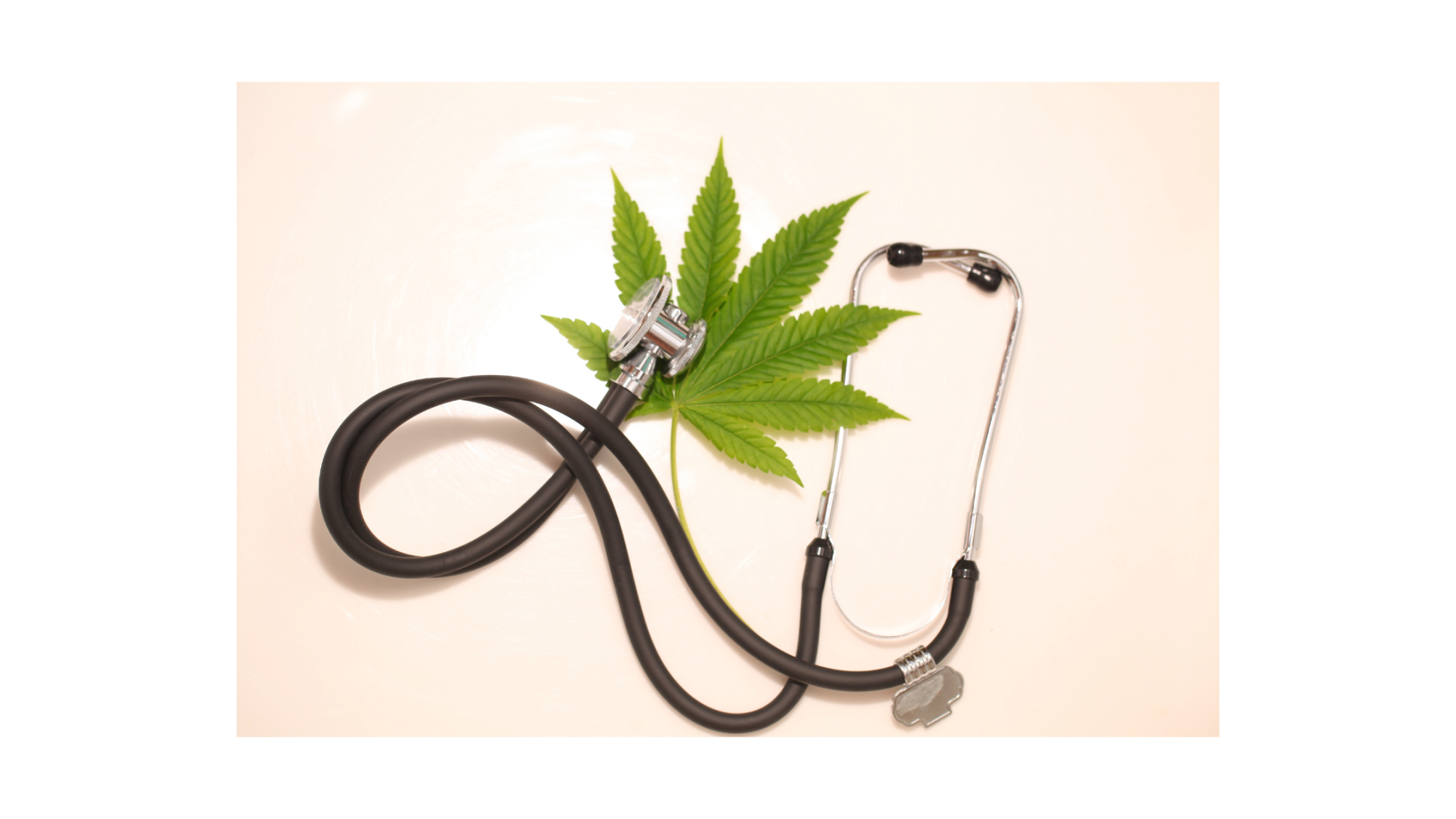
The benefits of using cannabis over traditional medications
Although cannabis has been used for centuries to treat various medical conditions, its use has been largely overshadowed by criminalization and traditional medication. However, recent studies have begun to explore the potential benefits of using cannabis as a treatment option. One of the major advantages of using cannabis is that it is relatively safe, with few serious side effects. Additionally, cannabis is effective in treating a wide variety of conditions, including pain, inflammation, anxiety, and seizures. Moreover, cannabis is generally non-addictive and rarely interacts negatively with other medications. As a result, it represents a promising alternative for patients who are looking for an effective and safe treatment option.

The risks and side effects of using cannabis for chronic pain relief
Though cannabis has been used for millennia to treat various forms of chronic pain, its use remains controversial. Some worry about the risks and side effects of using cannabis for chronic pain relief, especially in light of the current opioid crisis. However, a growing body of evidence suggests that cannabis may provide a safe and effective alternative to opioids. In one study, patients who used cannabis for chronic pain reported a 64% reduction in their use of opioids. Other research has shown that cannabis can help to reduce inflammation and relieve neuropathic pain. Though more research is needed, these studies suggest that cannabis may be a promising treatment for chronic pain.
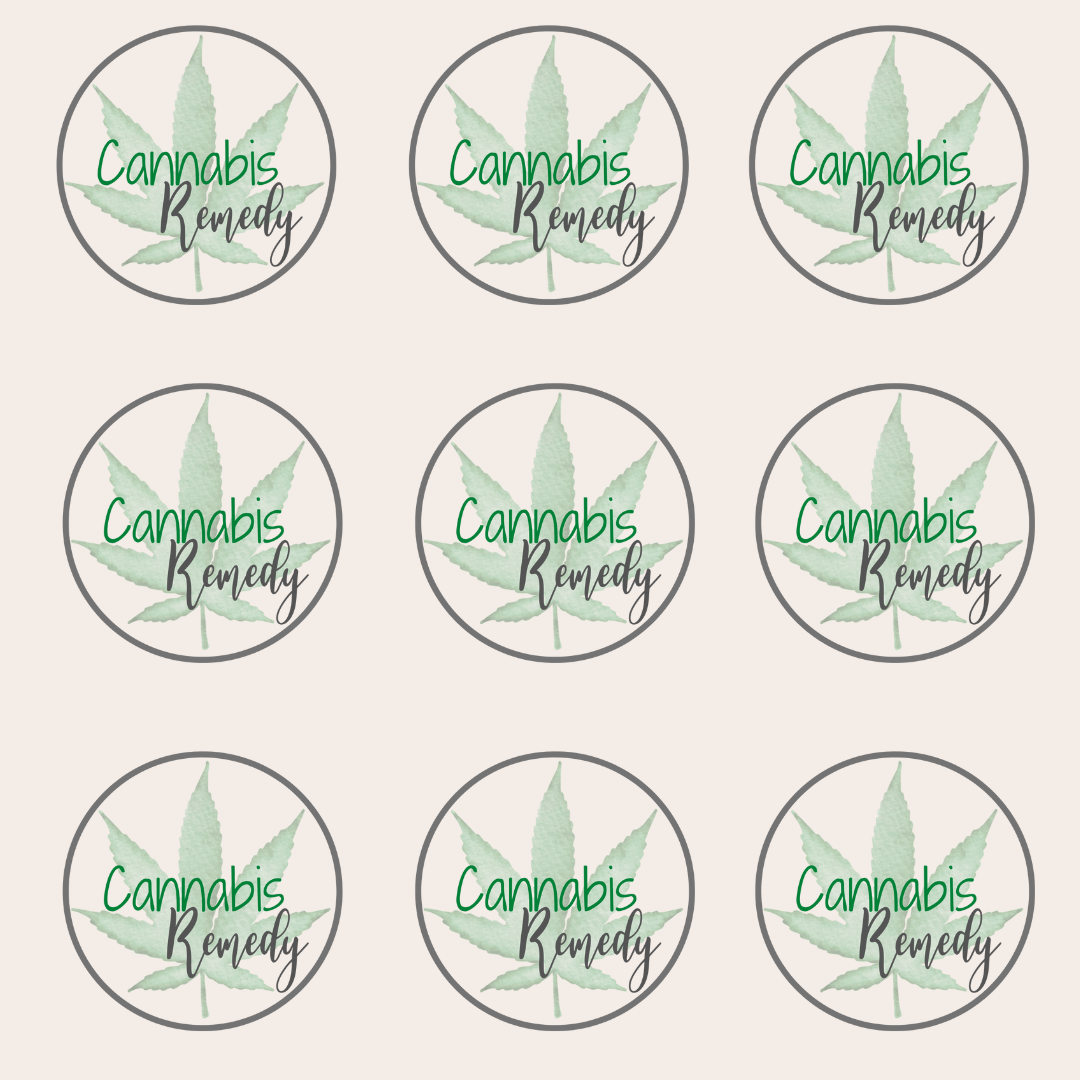
How to find the right strain and dosage of cannabis for you
There are many factors to consider when choosing the right cannabis strain and dosage for you. The first thing to keep in mind is the reason why you are using cannabis. Are you looking for relief from pain? Different strains will produce different effects. It really comes down to the terpenes in the chemovars available. Looking for chemovars with beta caryophylline is great for addressing pain issues. Also choosing CBD or any of the many other constituents in CBD and cannabis like CBDa, CBC, CBN & THCV will certainly address inflammation and pain.
The next step is to consider your preferred method of ingestion. Cannabis can be consumed in many ways, including smoking, vaporizing, and consuming edibles. Each method will produce different effects, so it is important to choose the one that best suits your needs. For example, smoking or vaporizing provides quick relief from symptoms, while edibles take longer to take effect but offer longer-lasting relief.
Finally, it is important to start with a low dose and increase gradually as needed. This will help you find the perfect balance of efficacy and side effects. Everyone’s body responds to cannabis differently, so it is important to experiment until you find what works best for you. With a little trial and error, you can find the perfect strain and dosage of cannabis for your specific needs.
Tips for using cannabis safely and effectively to manage chronic pain
When used correctly, cannabis can be an effective way to manage chronic pain. Here are a few tips to help you use it safely and effectively:
- Start with a low dose. It can take a while for cannabis to take effect, so it’s important to start with a low dose and increase gradually as needed.
- Be patient. Don’t expect immediate relief from pain. It may take a few days or weeks of consistent use before you notice any effects.
- Pay attention to side effects. Cannabis can cause some side effects, including dizziness, dry mouth, and fatigue. If you experience any of these, reduce your dose or stop using it altogether.
- Choose the right delivery method. There are many ways to consume cannabis, including smoking, vaporizing, edibles, and topicals. Find the method that works best for you and is most comfortable to use.
- Talk to your provider. But unfortunately, most providers do not have an understanding of cannabis. If you would like a cannabis coach then look no further. As a medical provider, I completely understand this topic and can guide you in the direction you need to go.
Before you go, grab my free Terpenes Guide right here!
